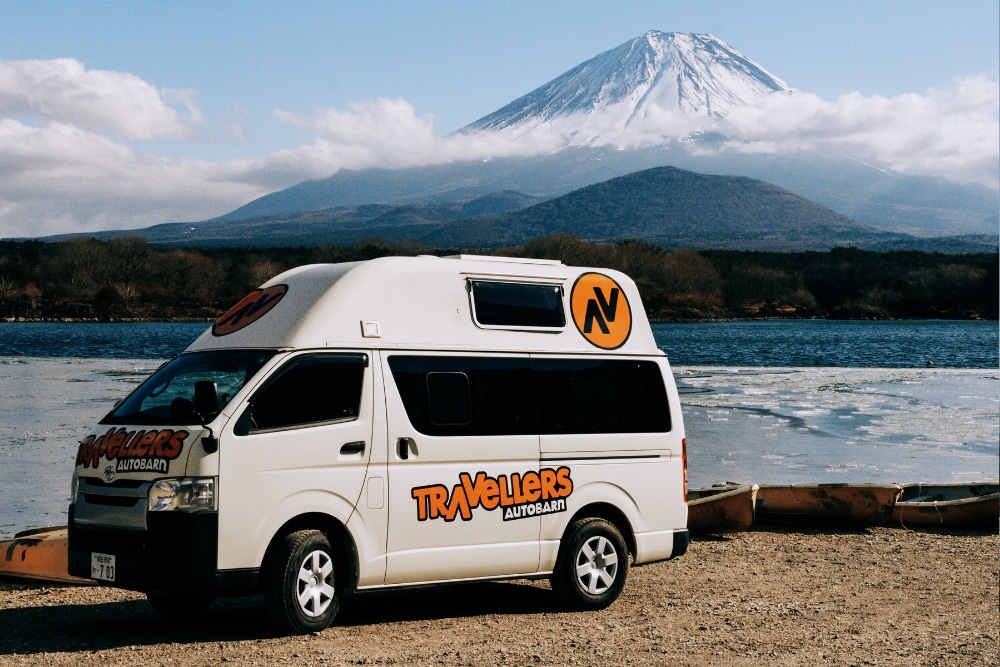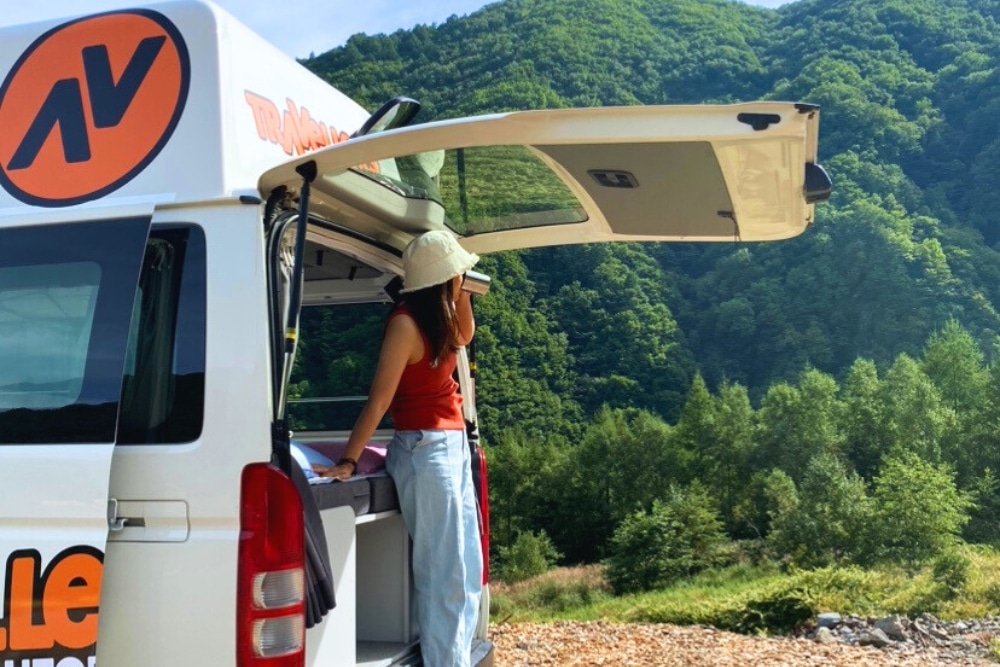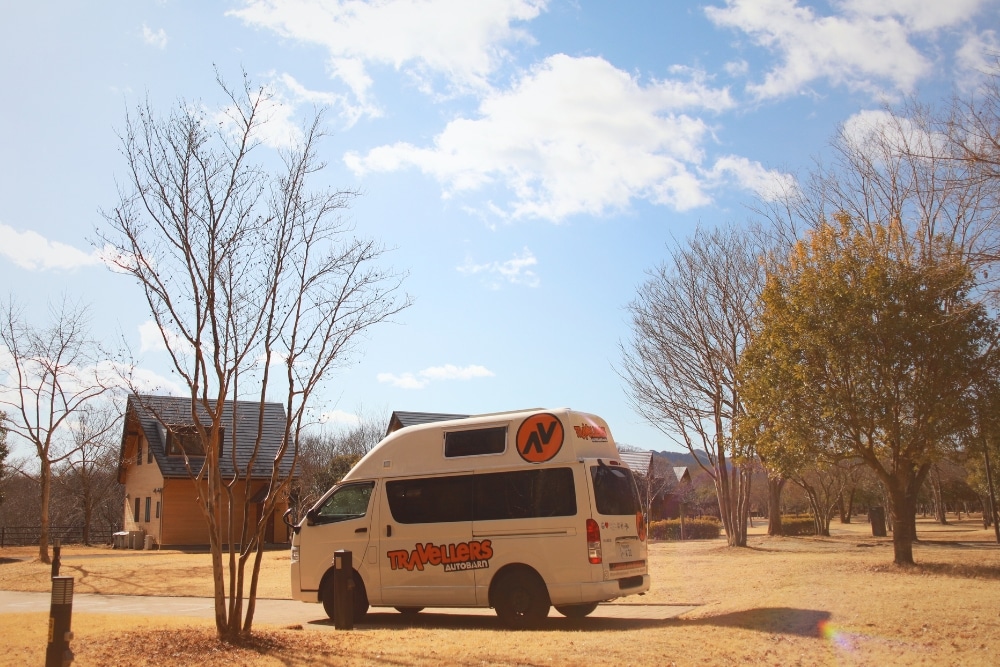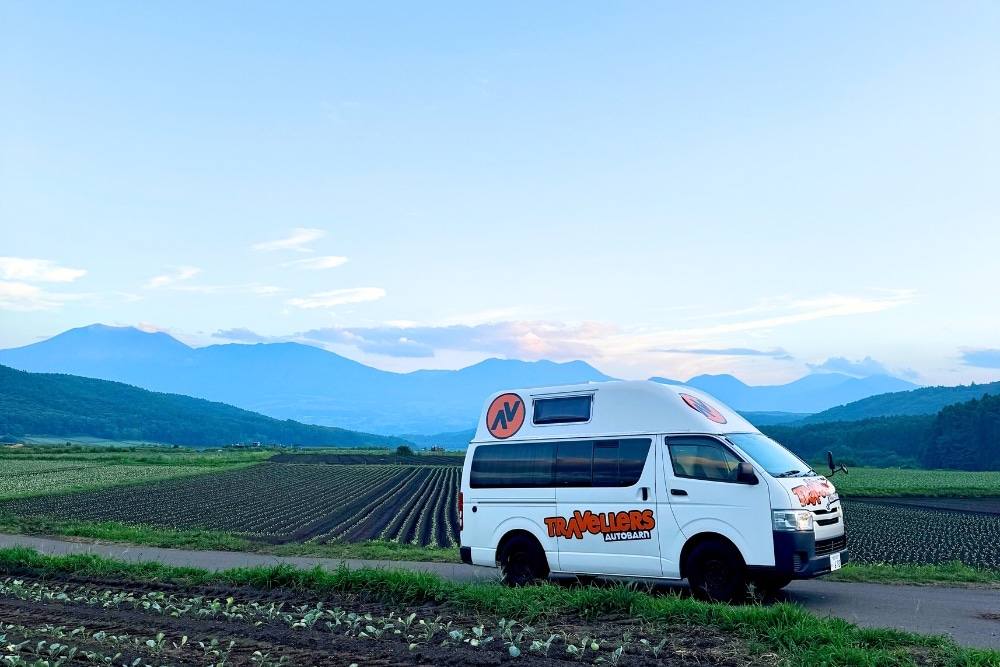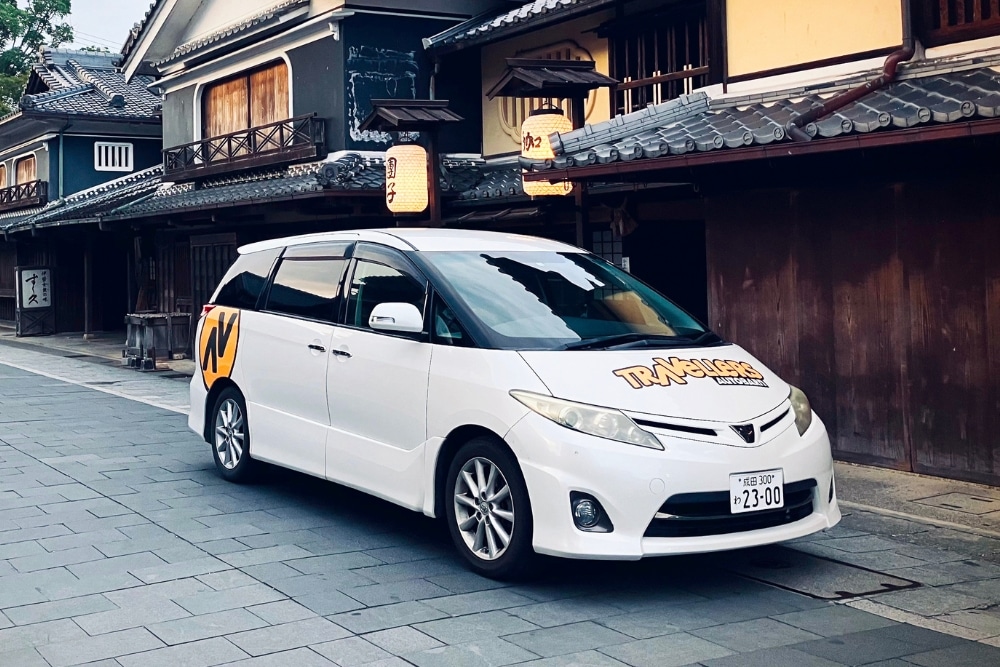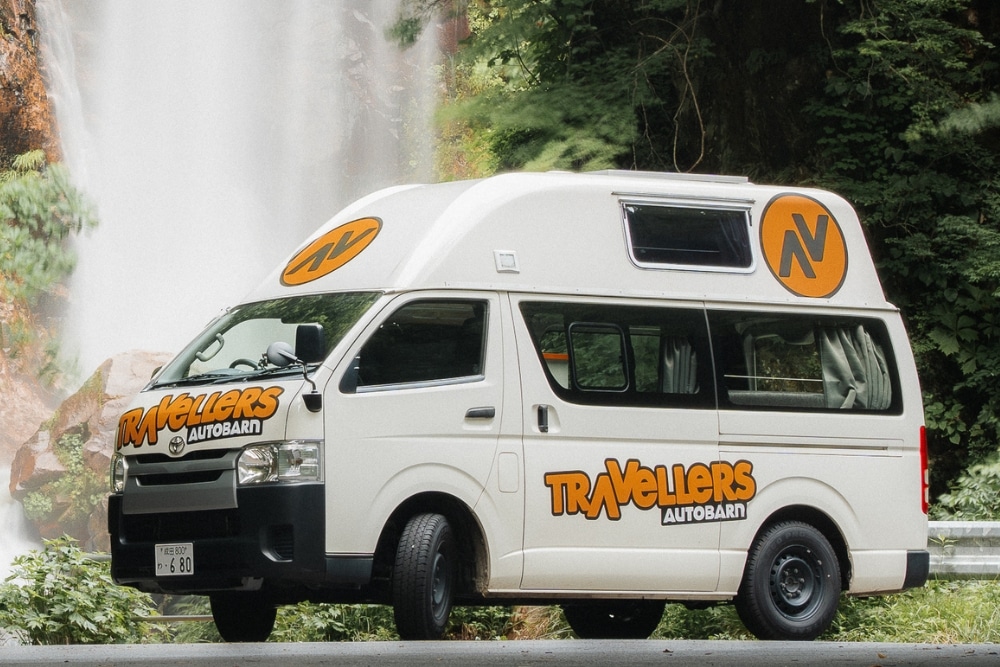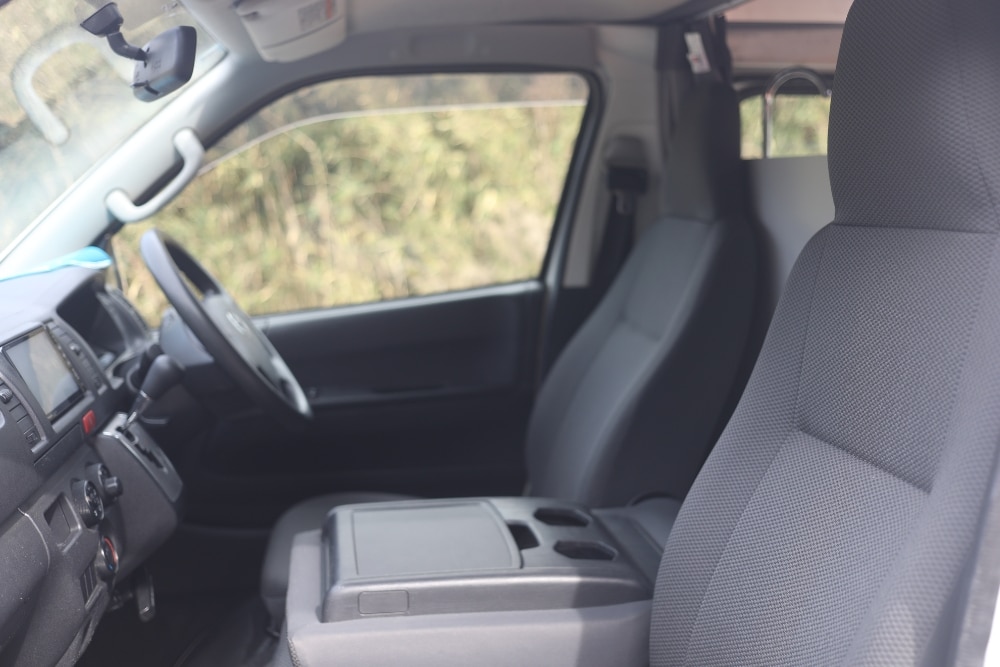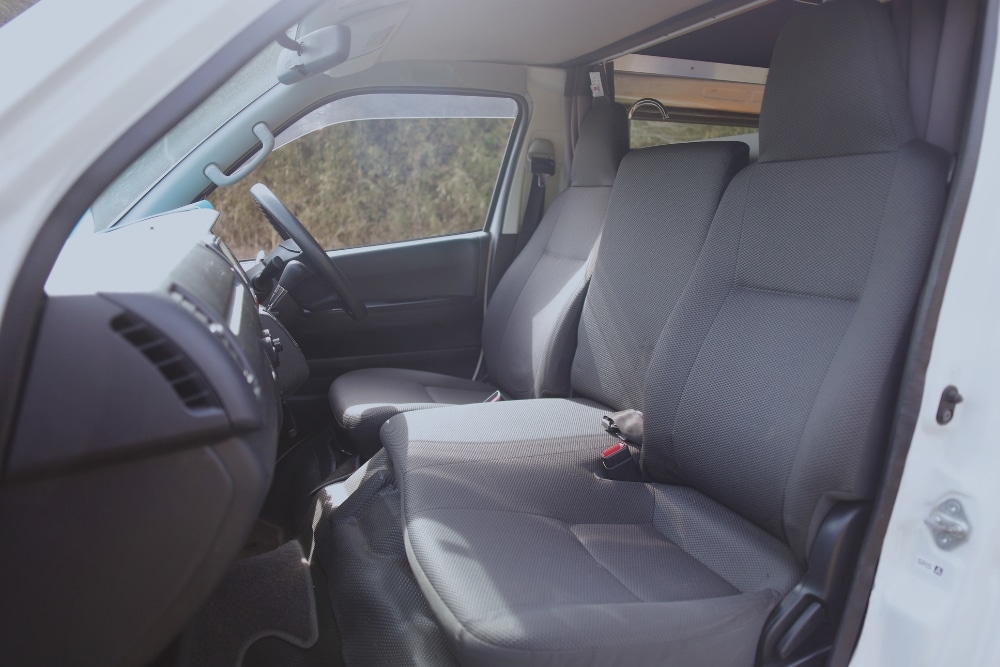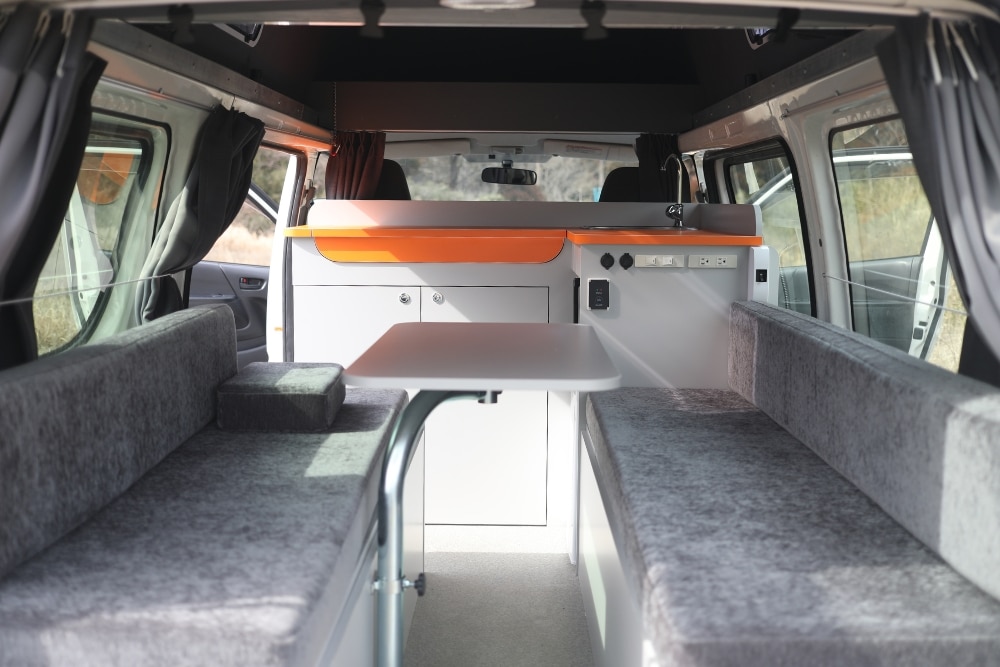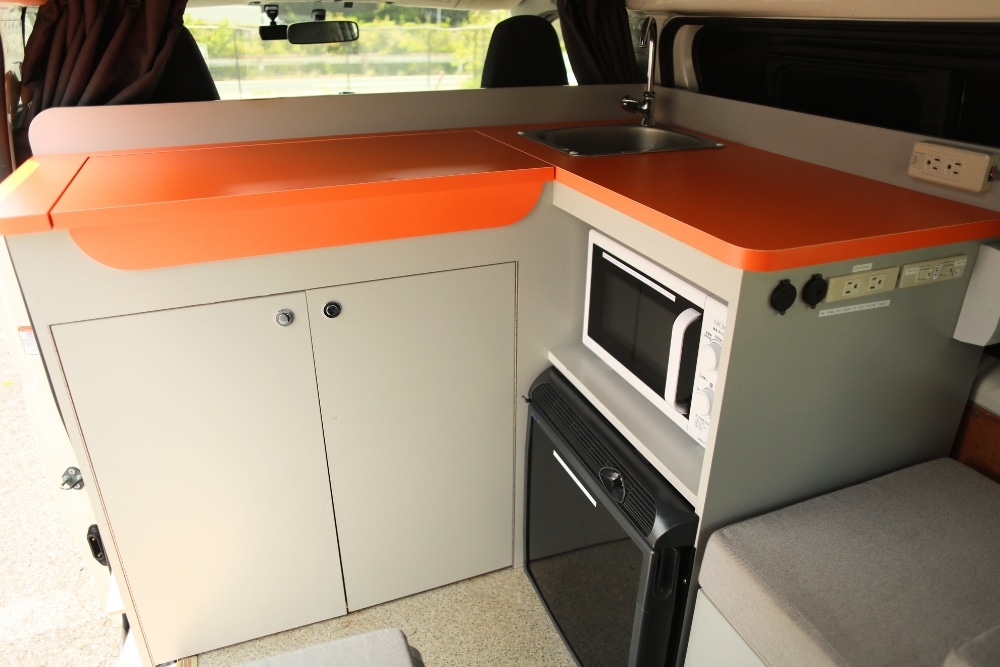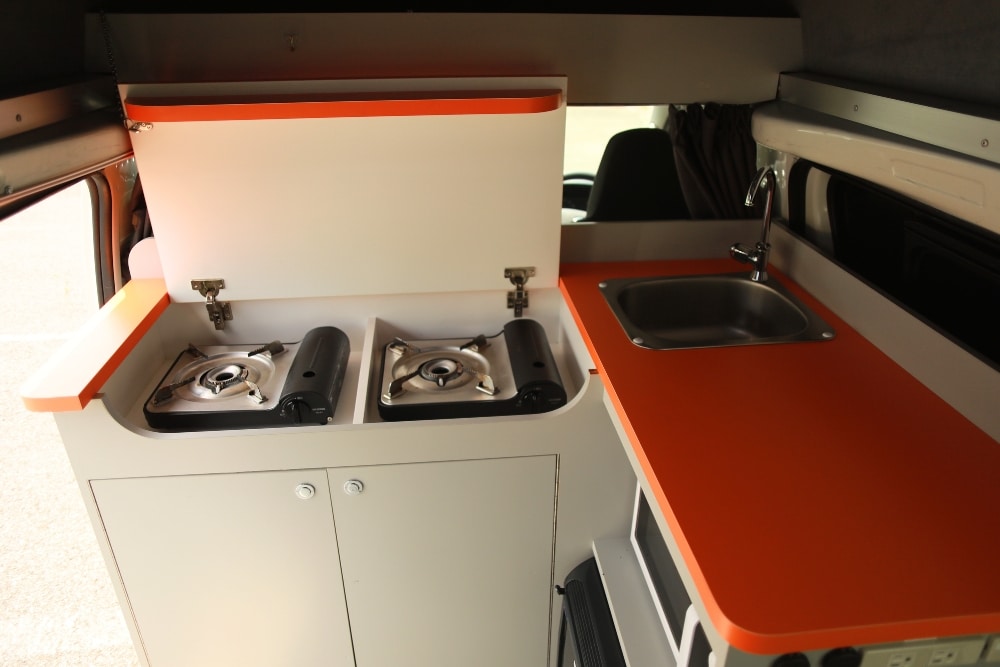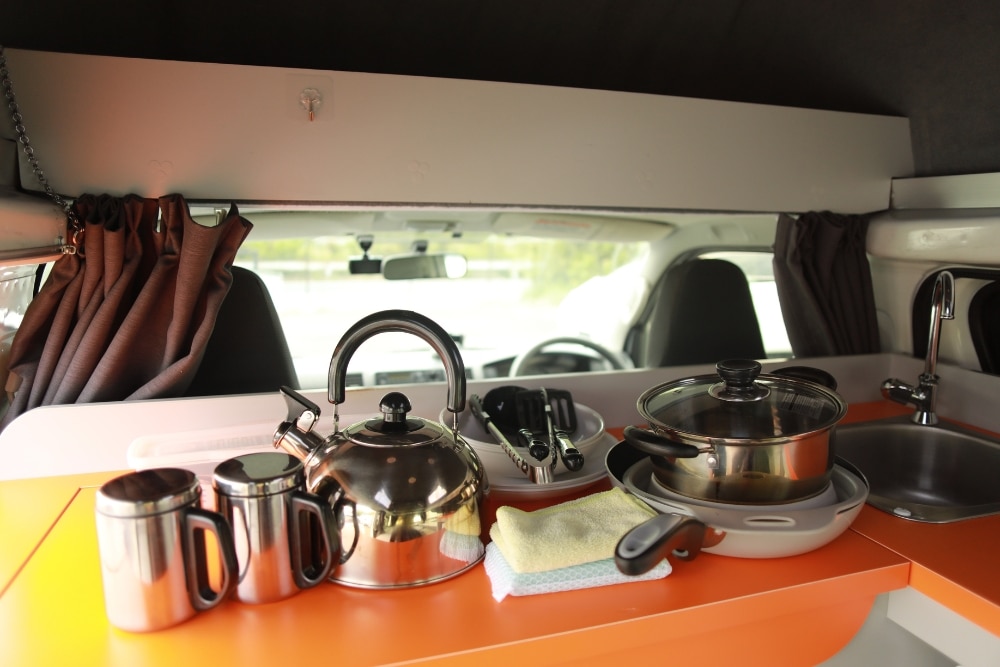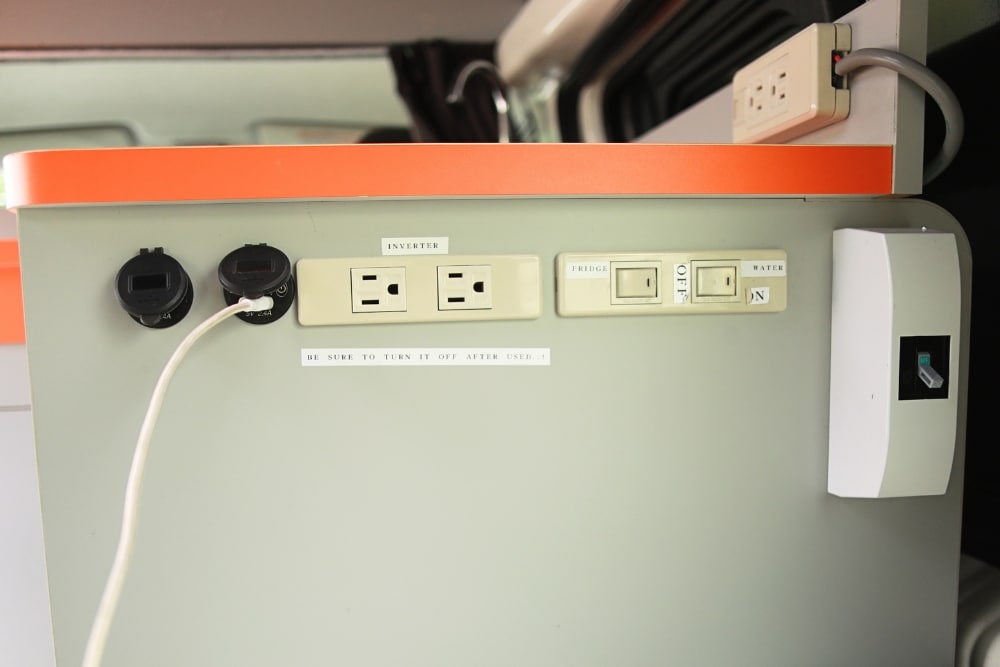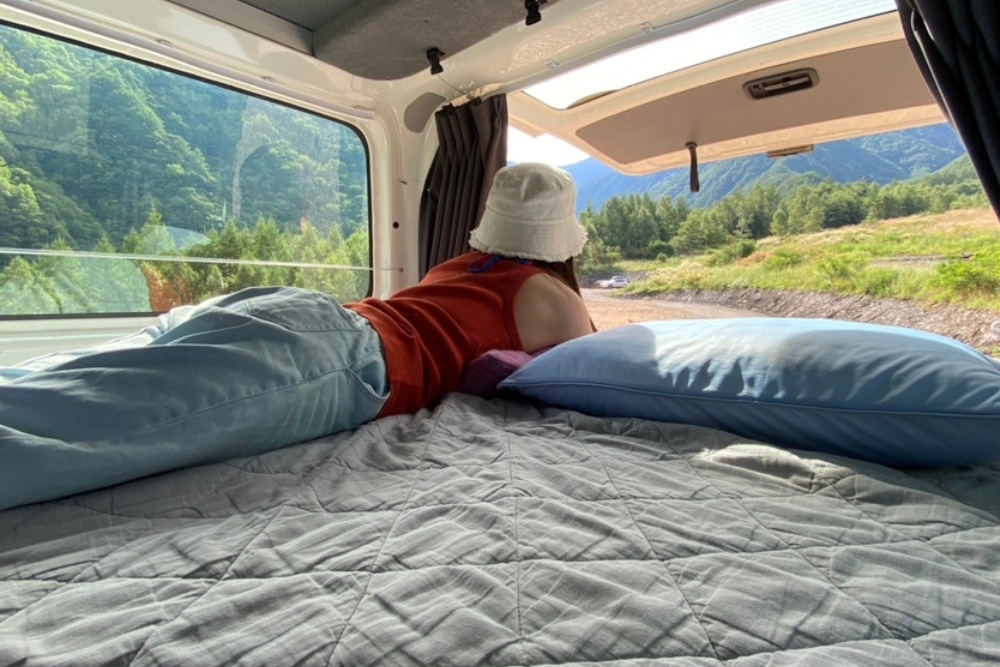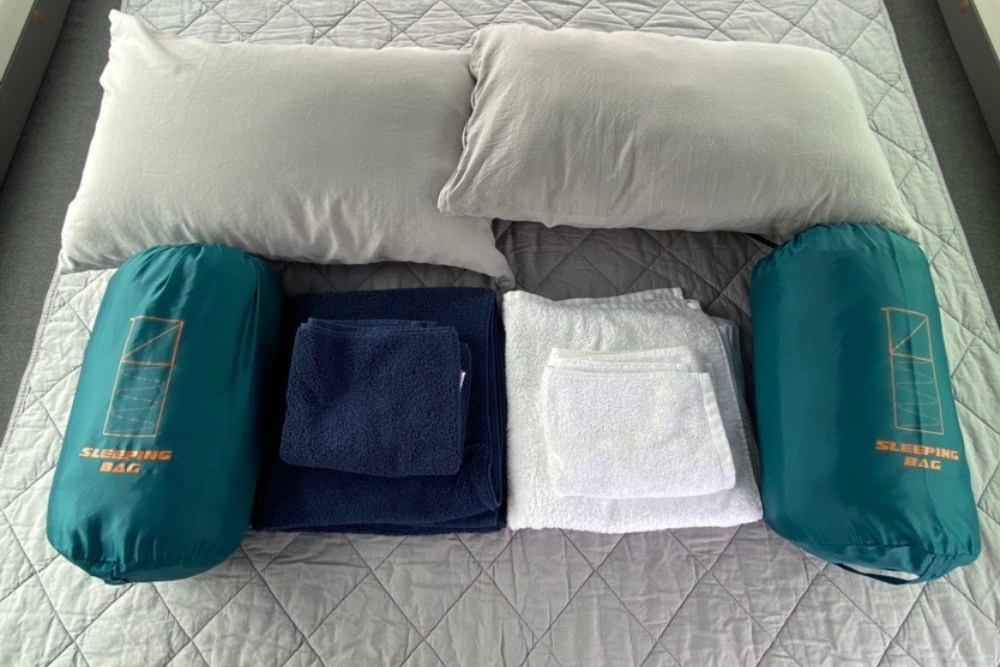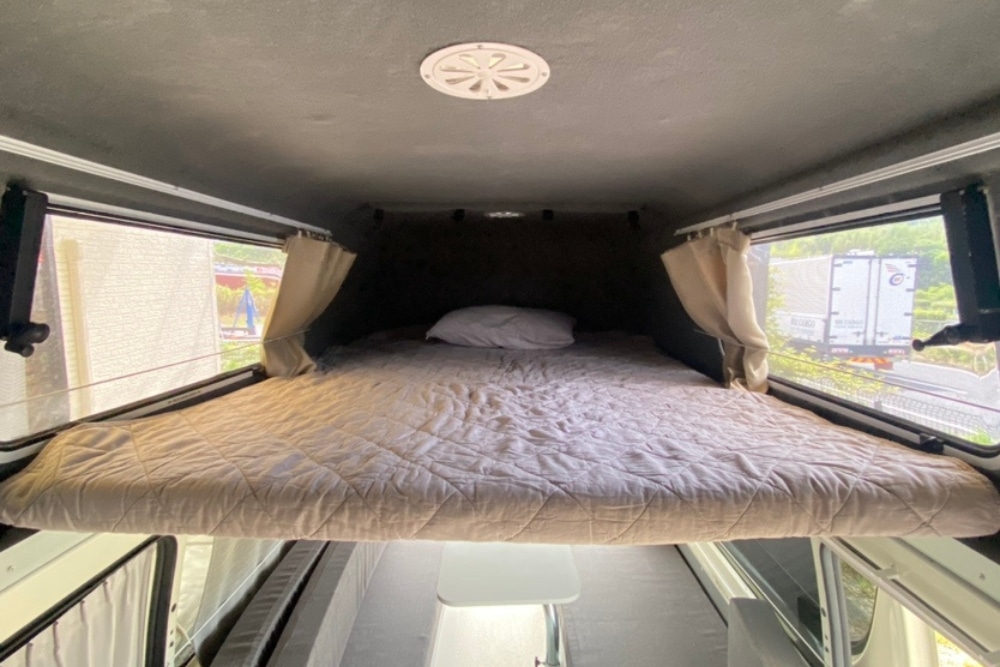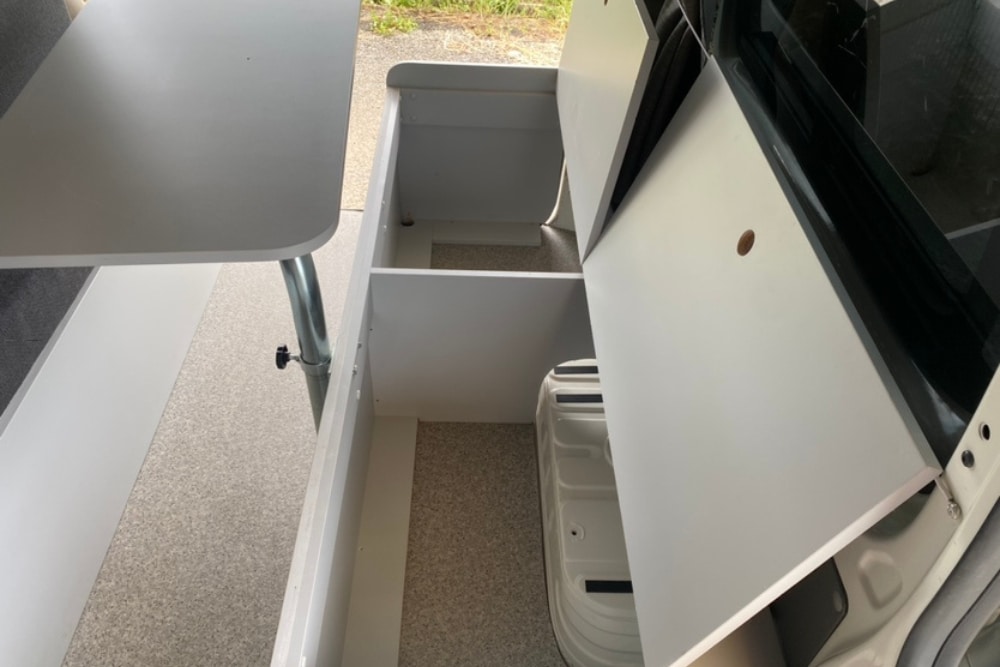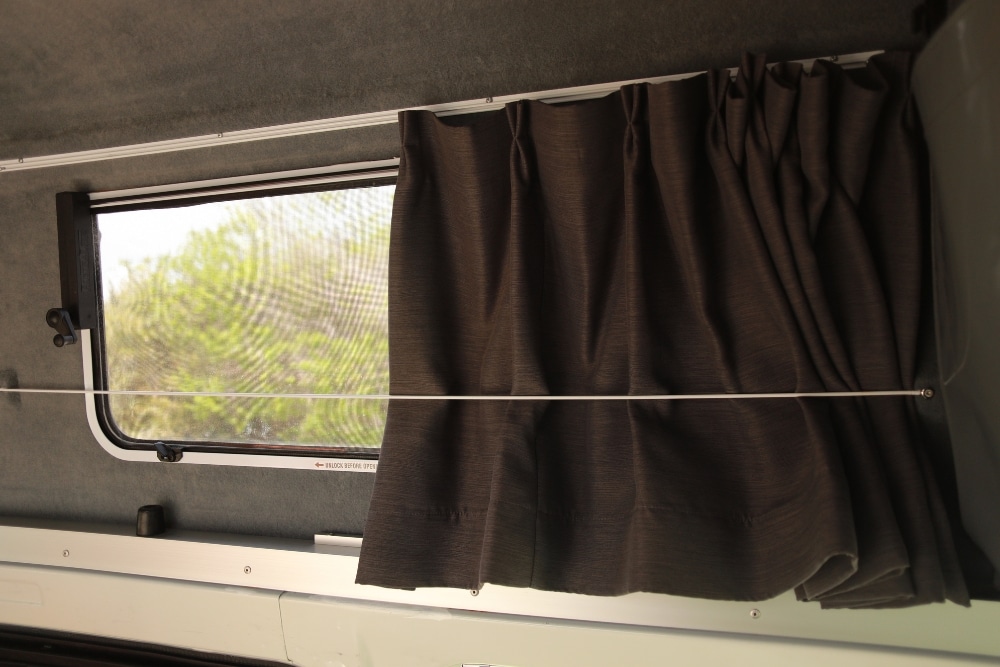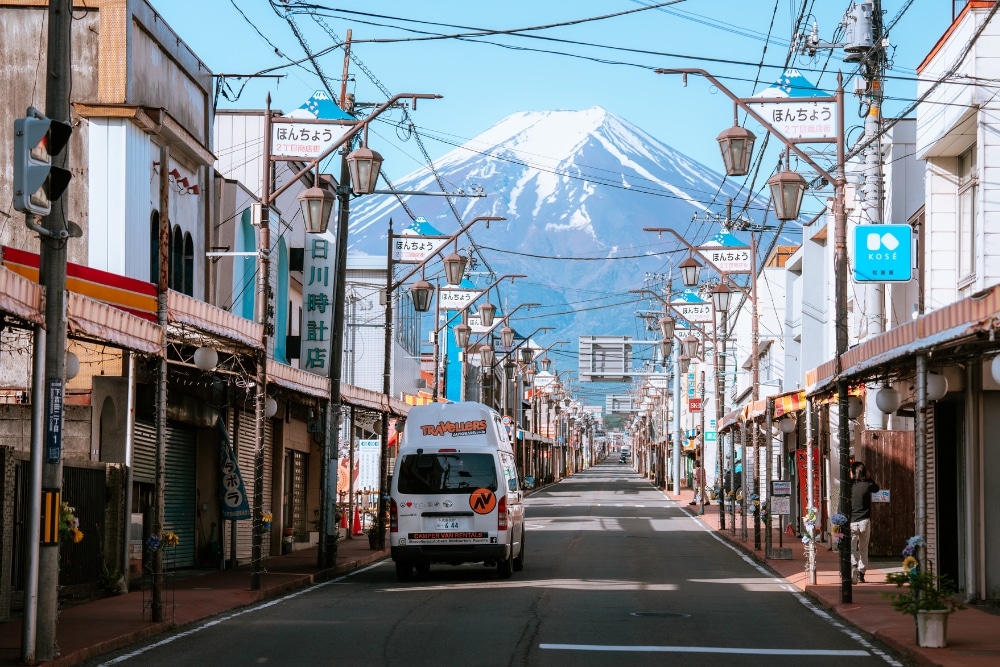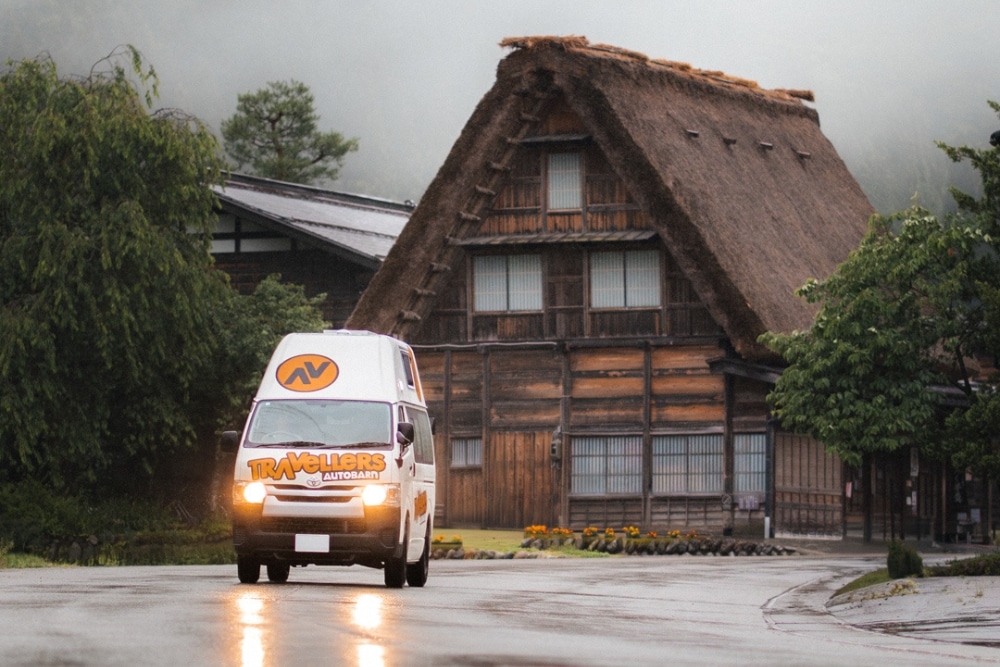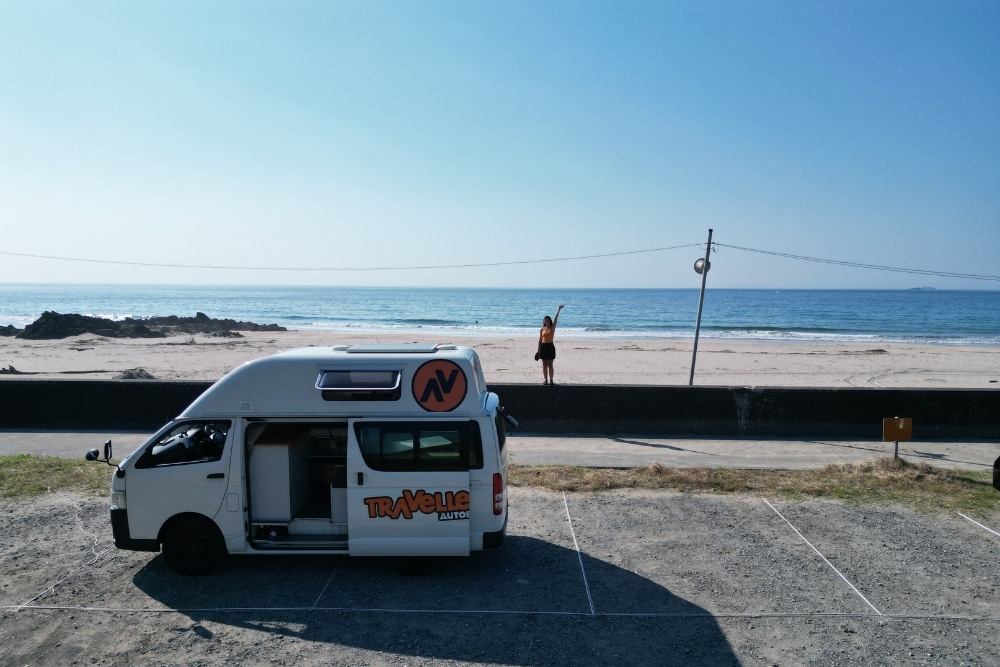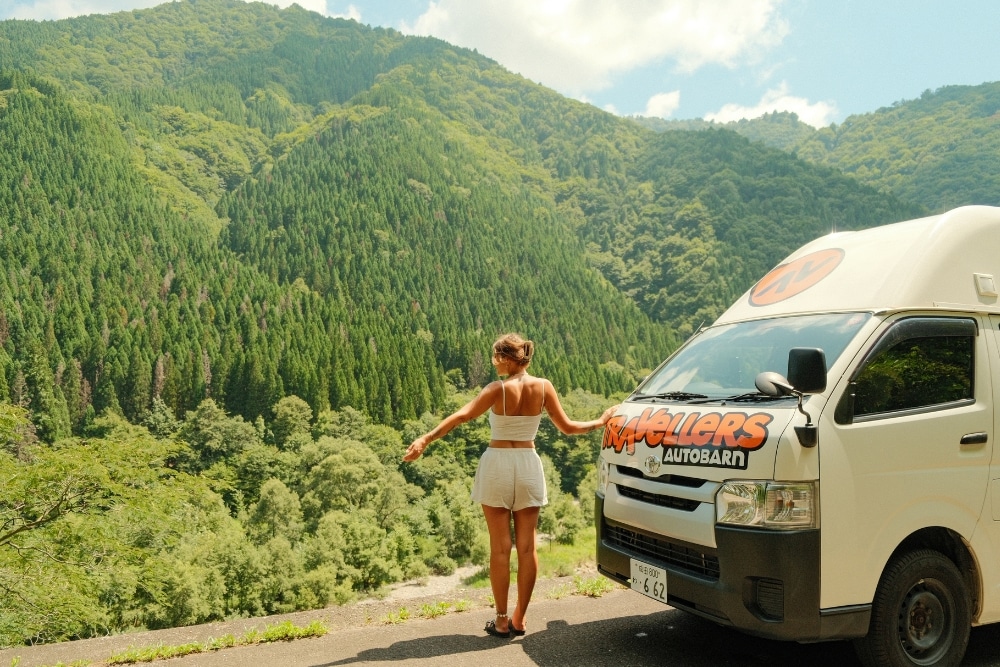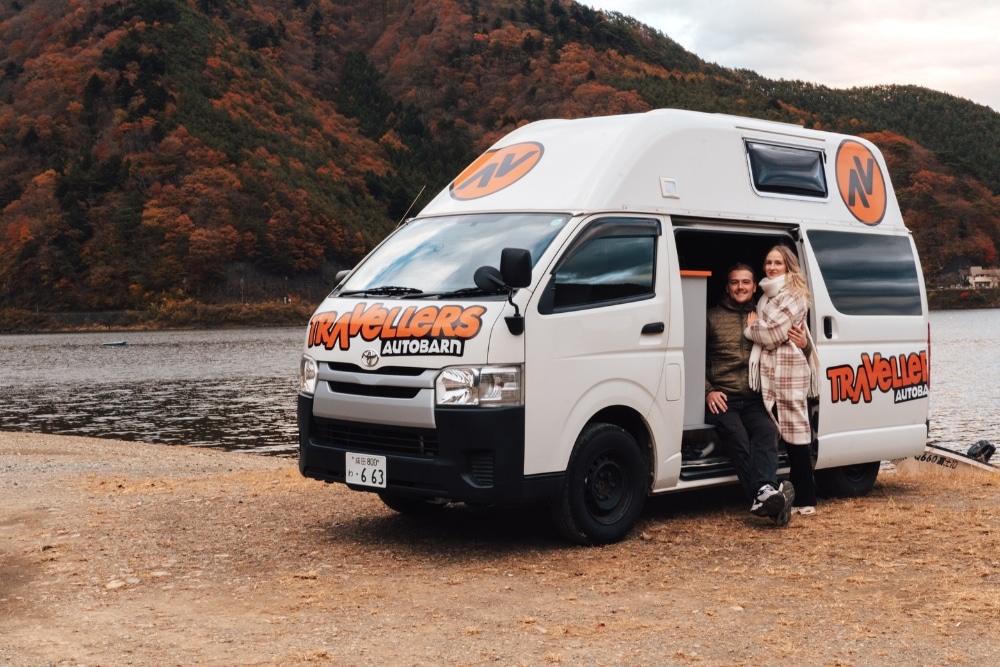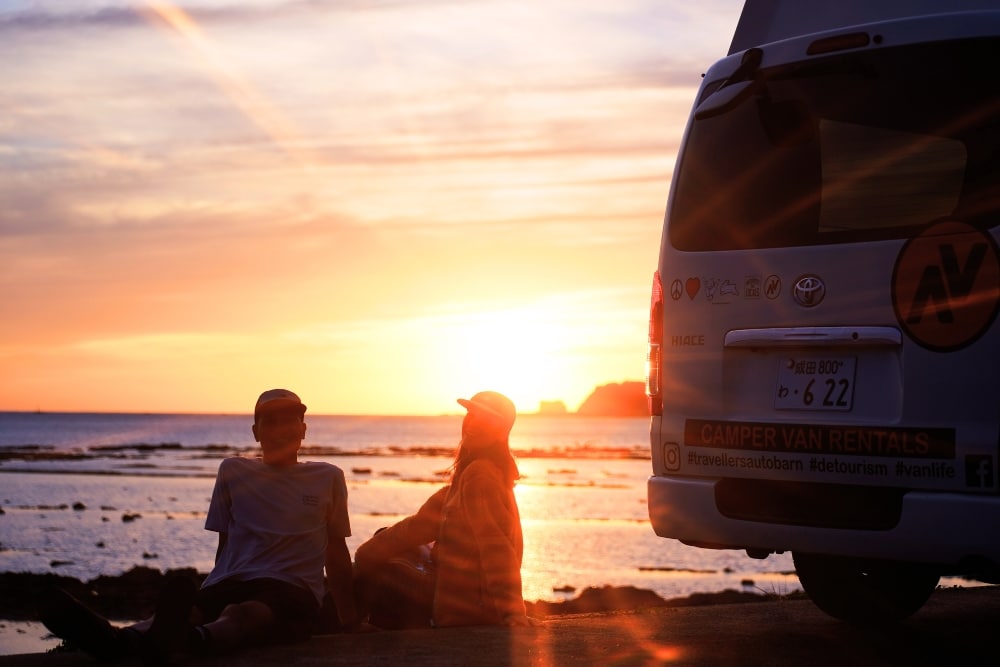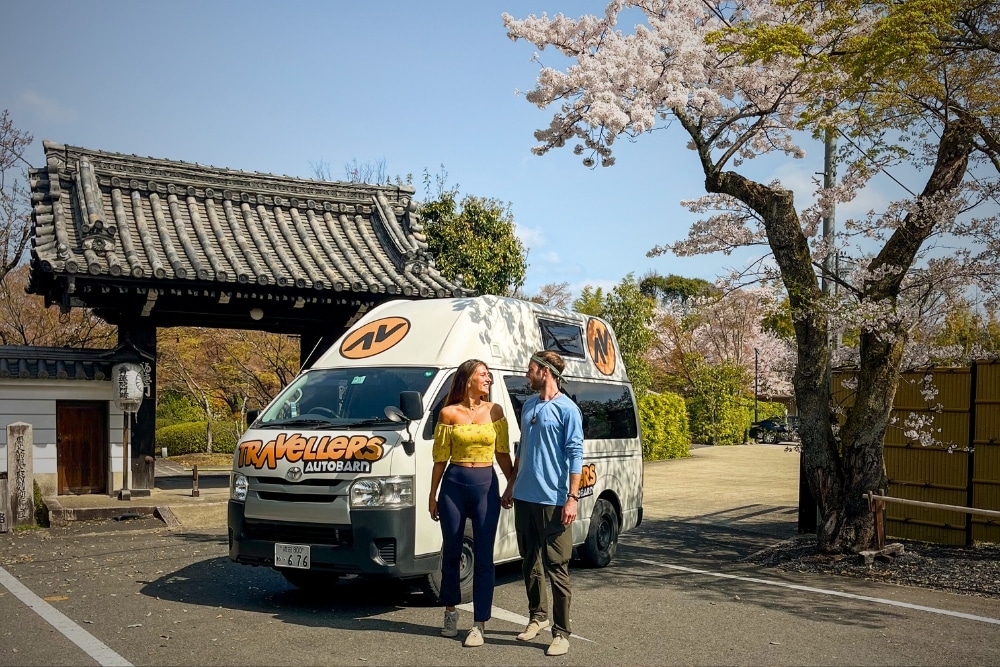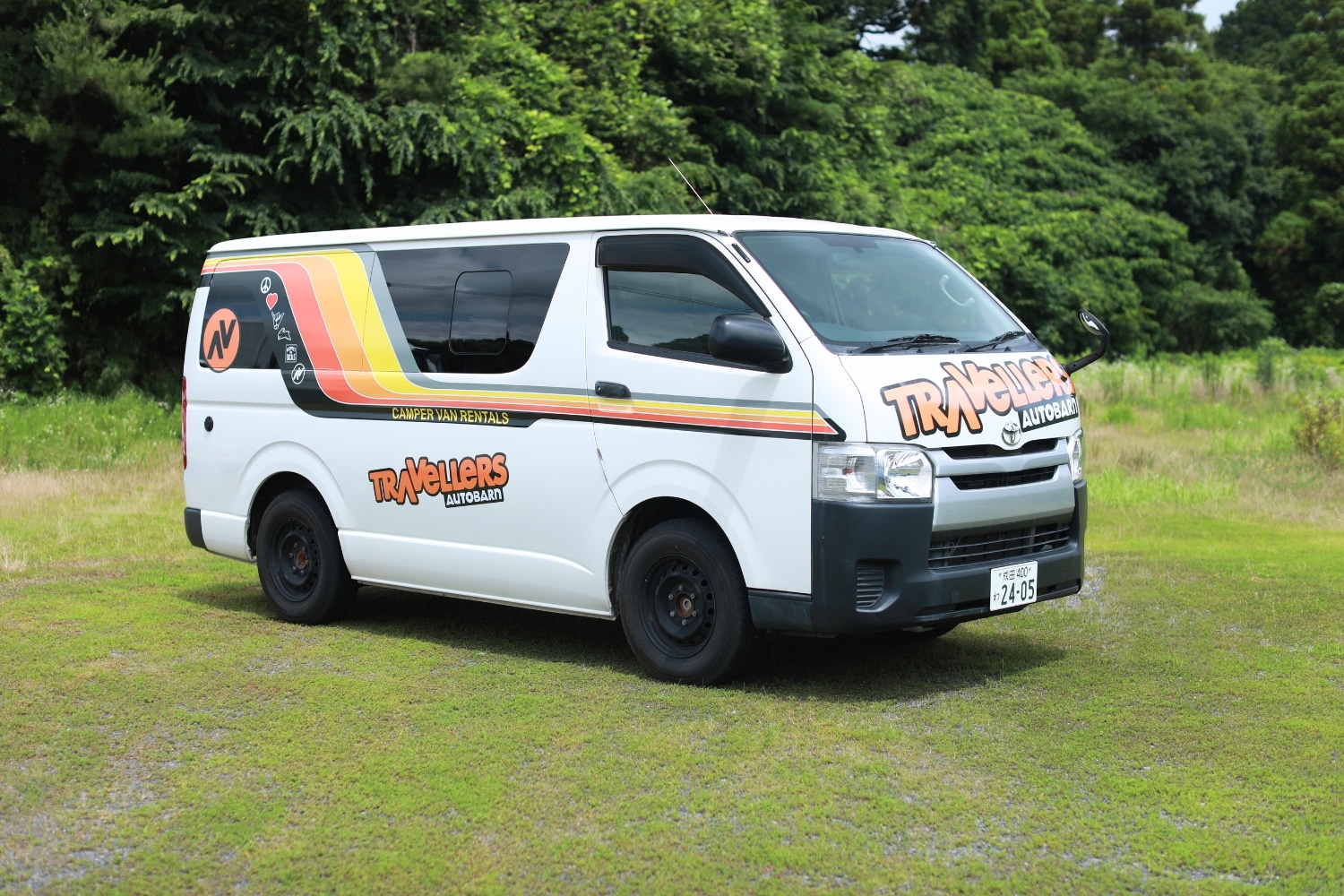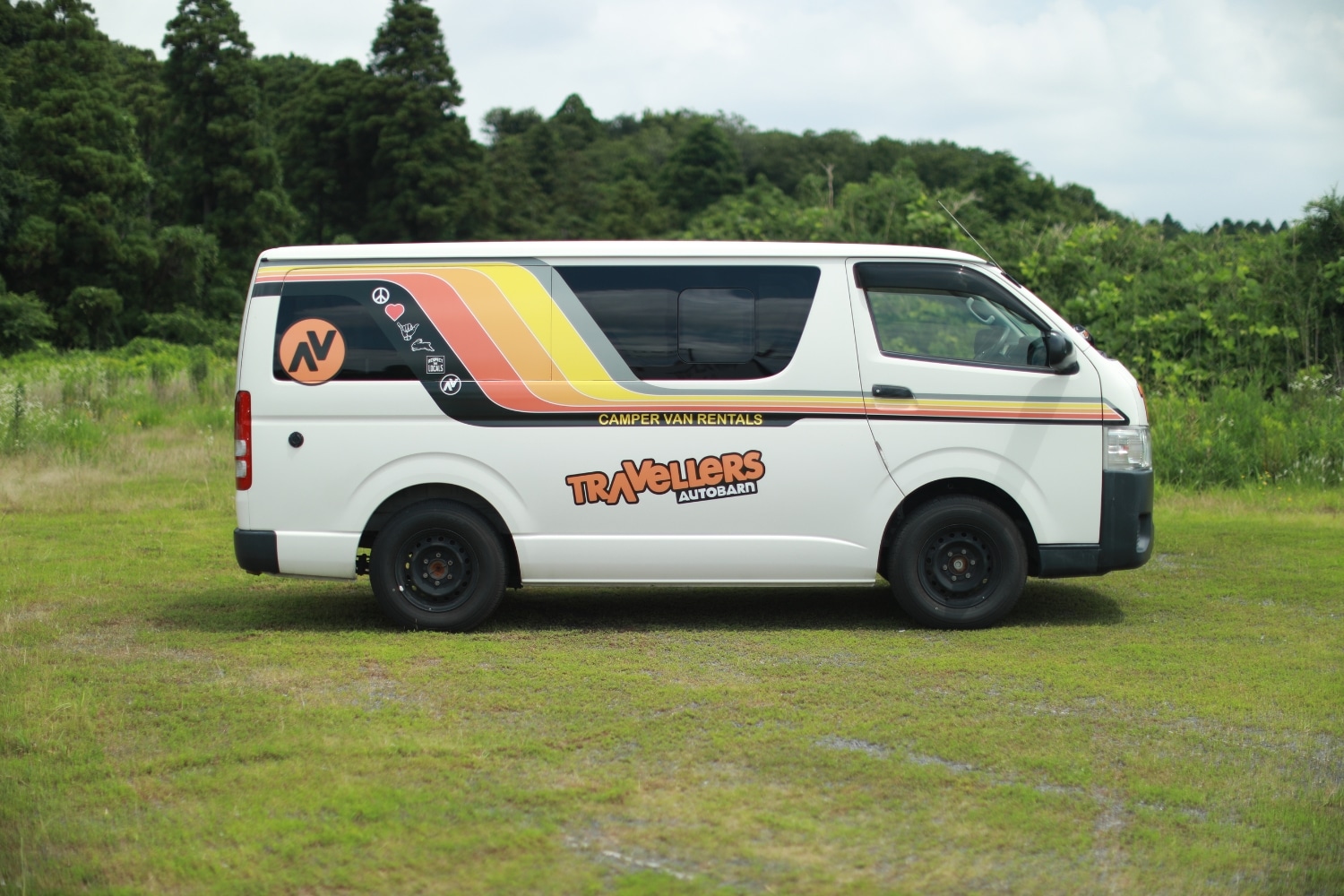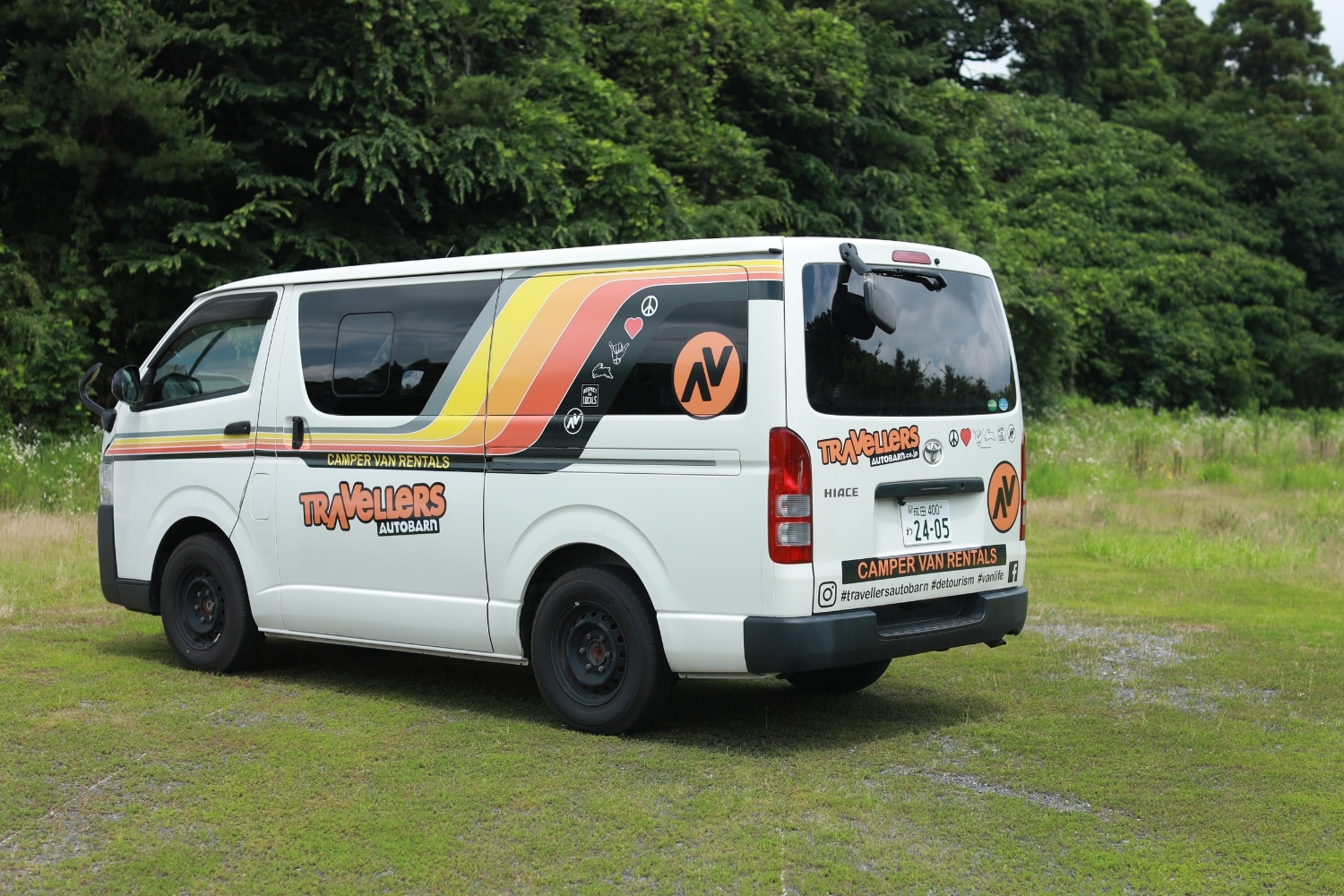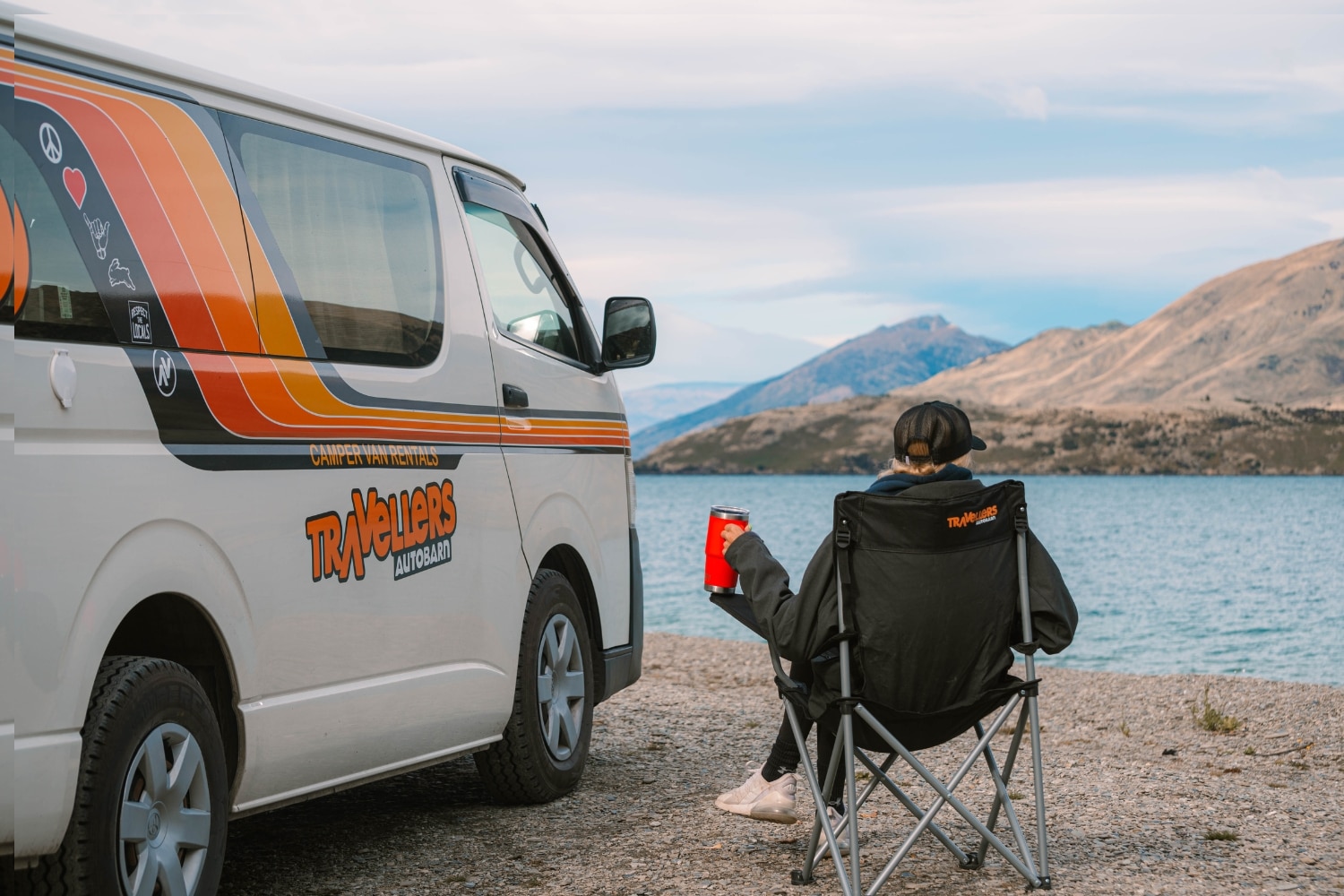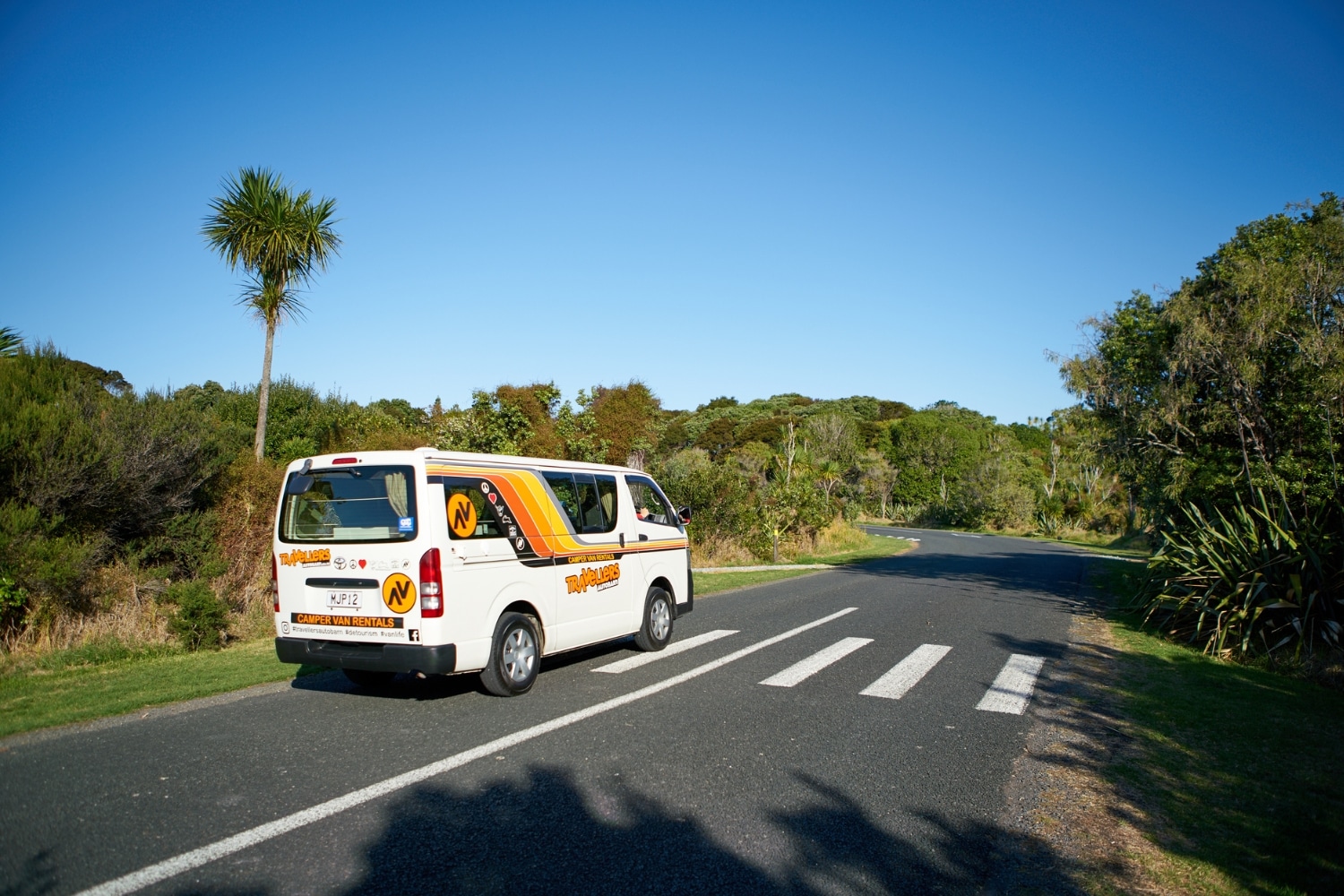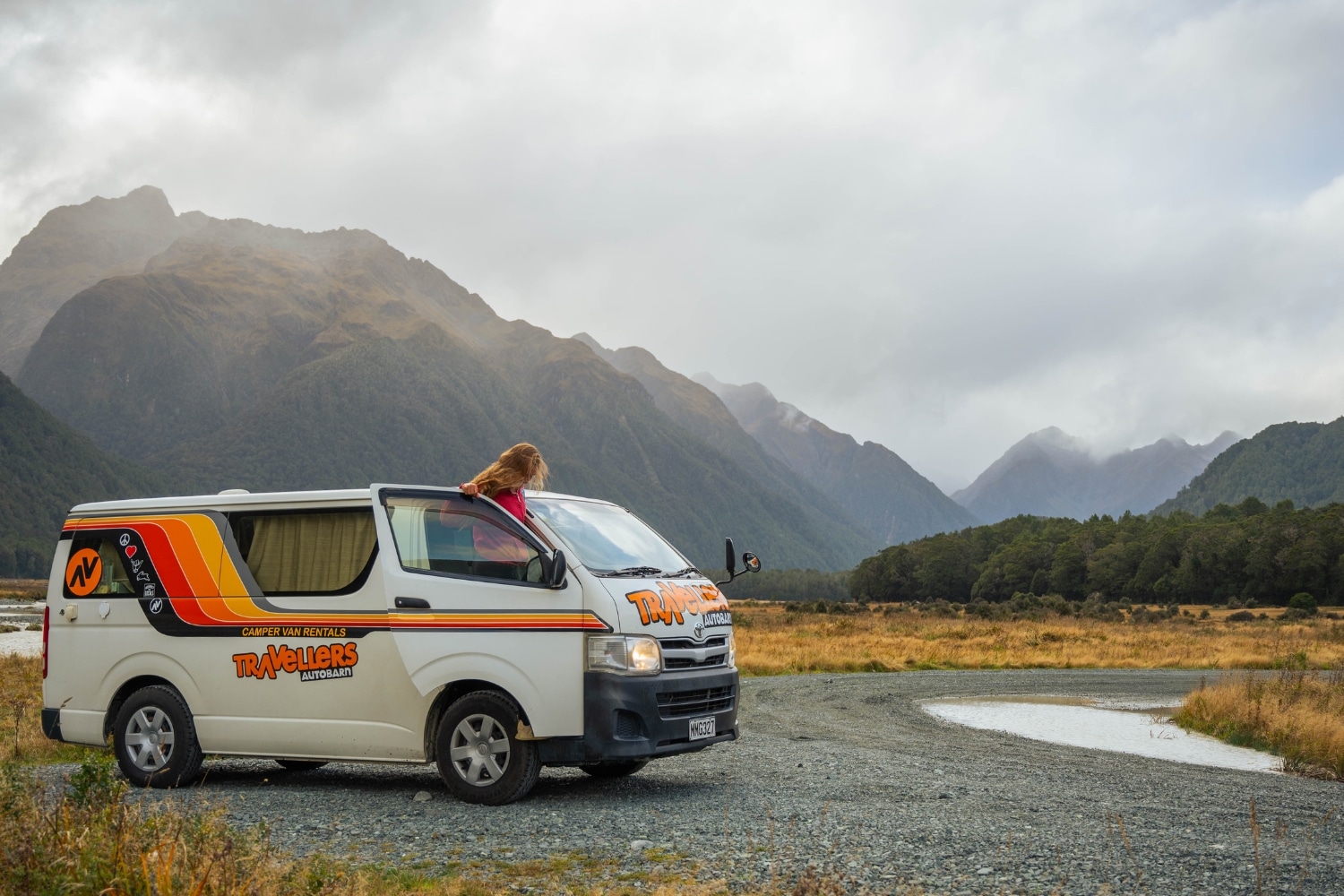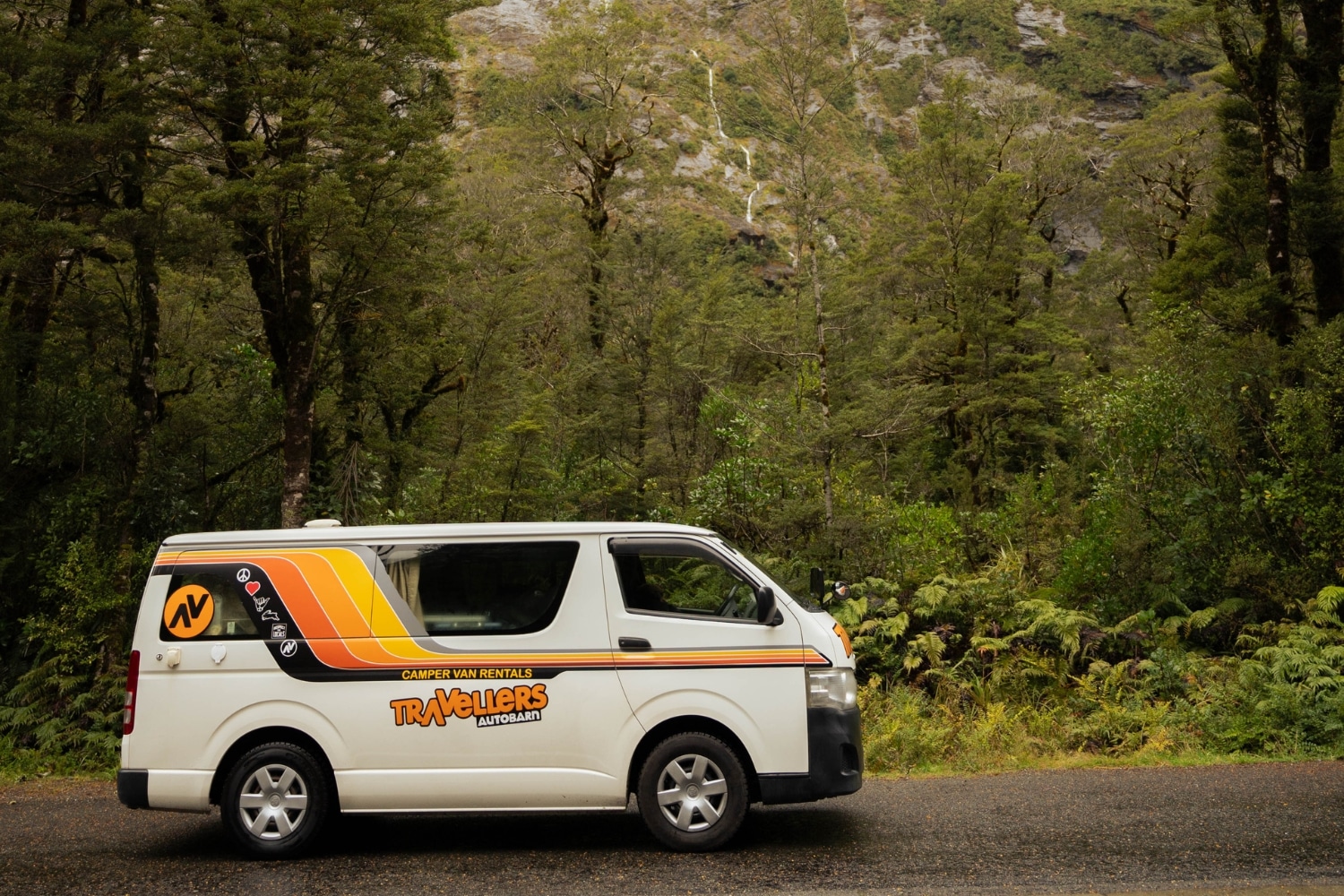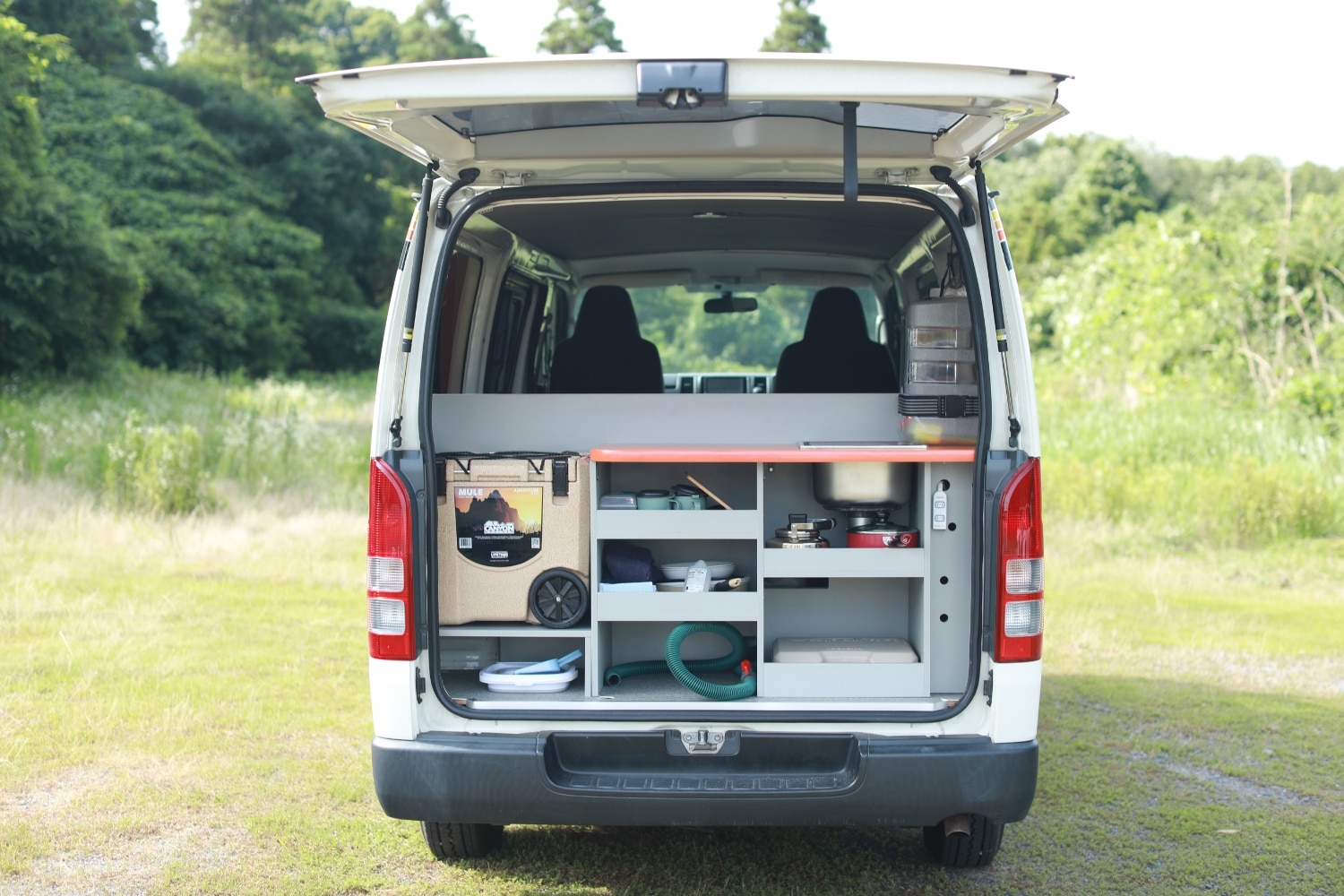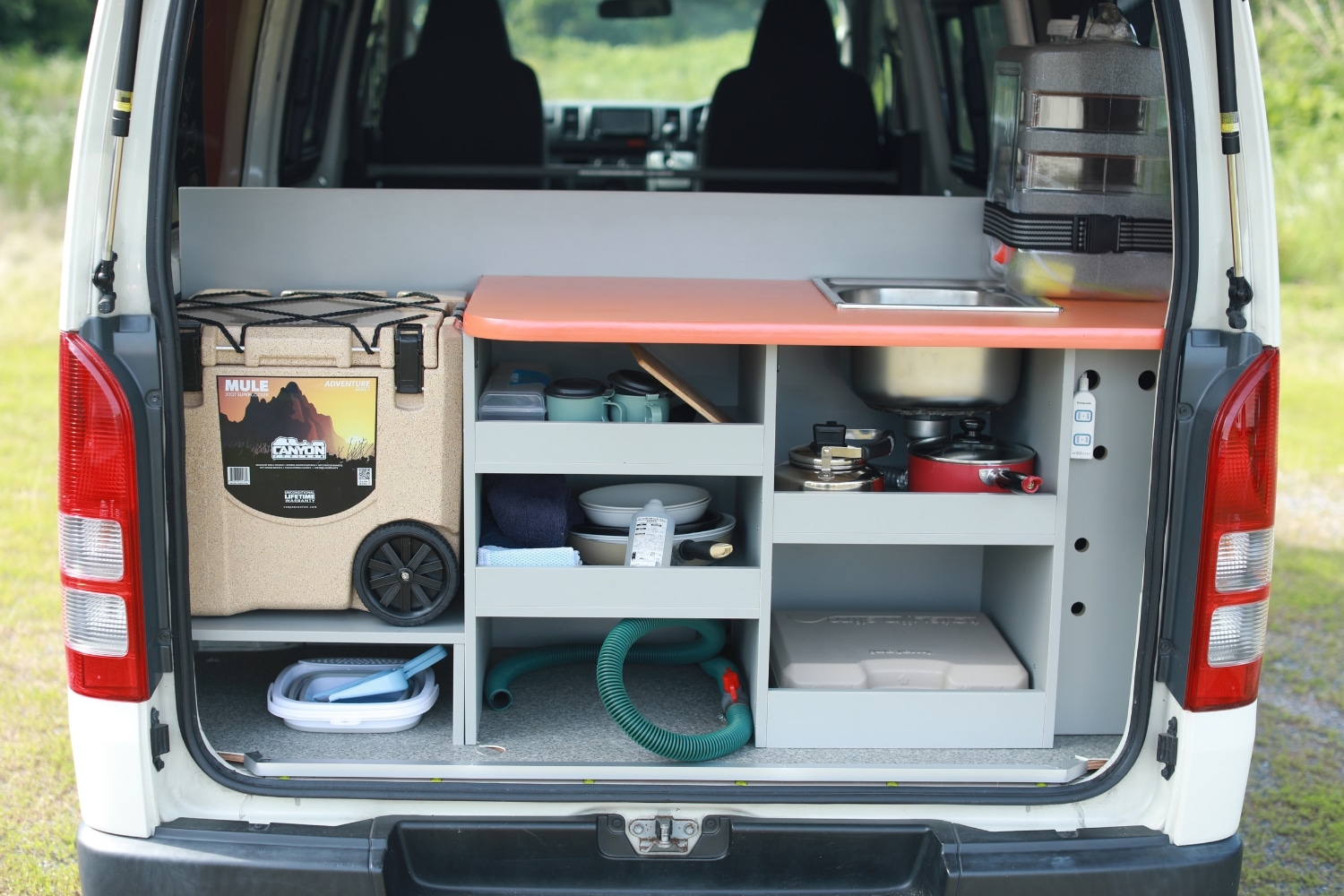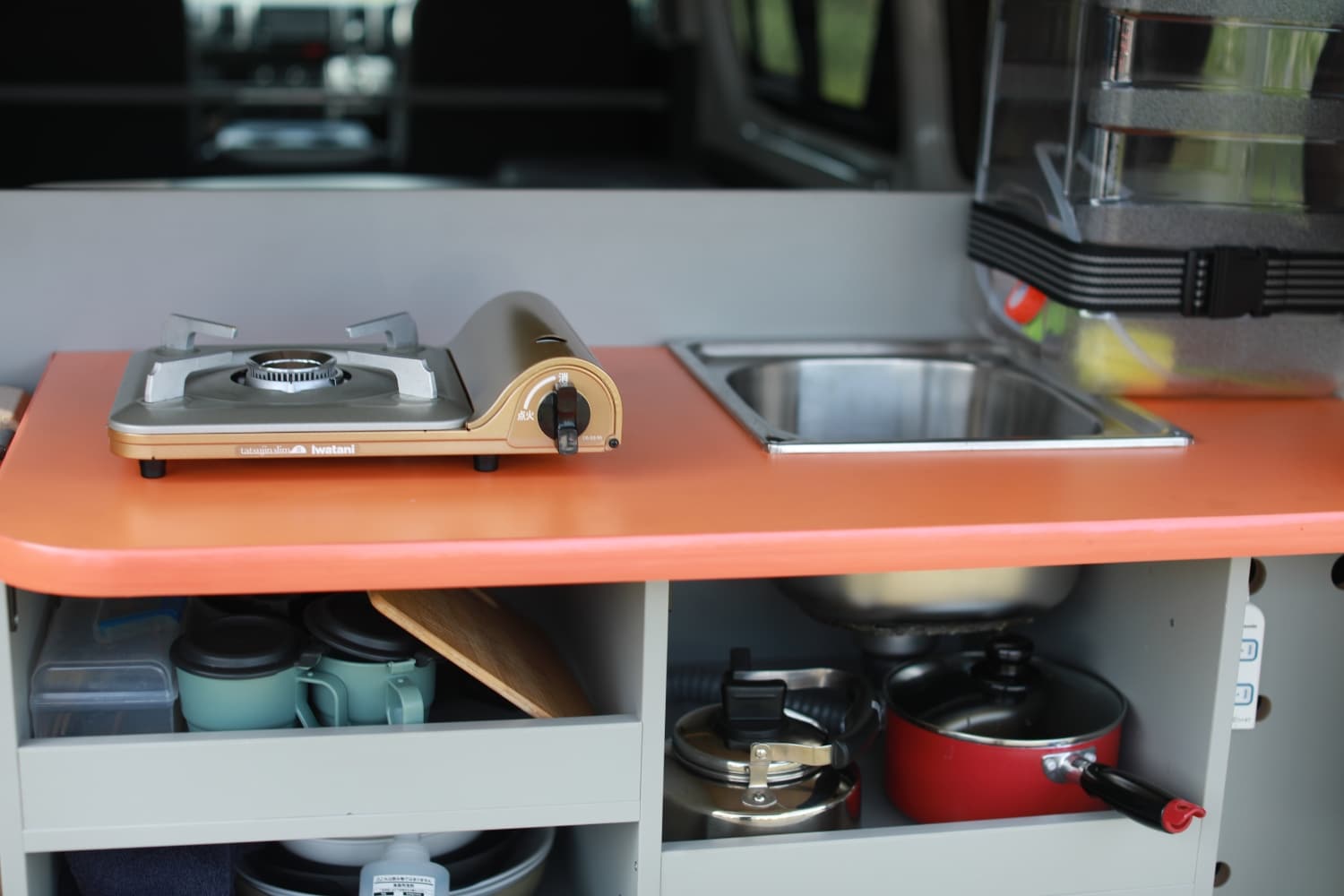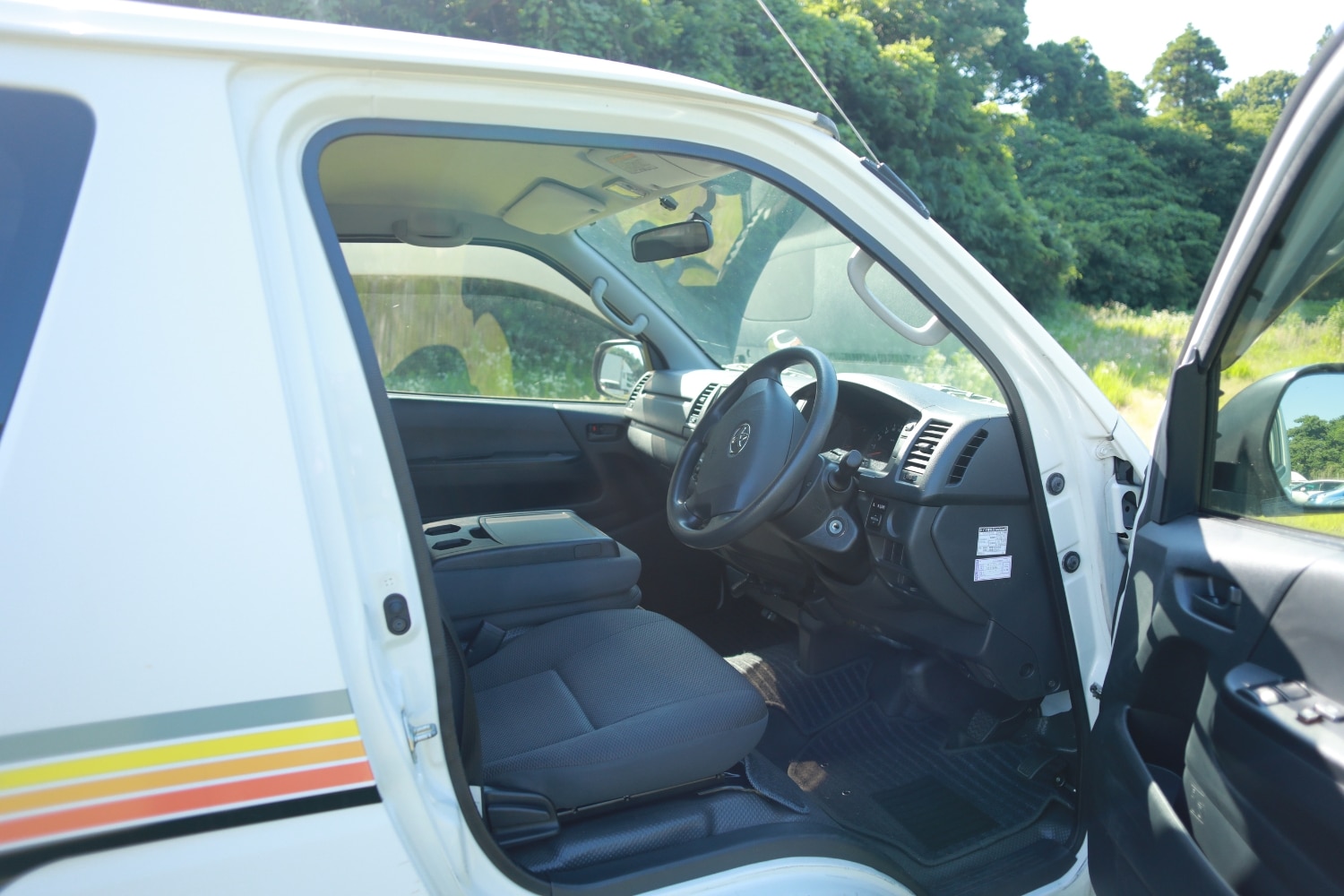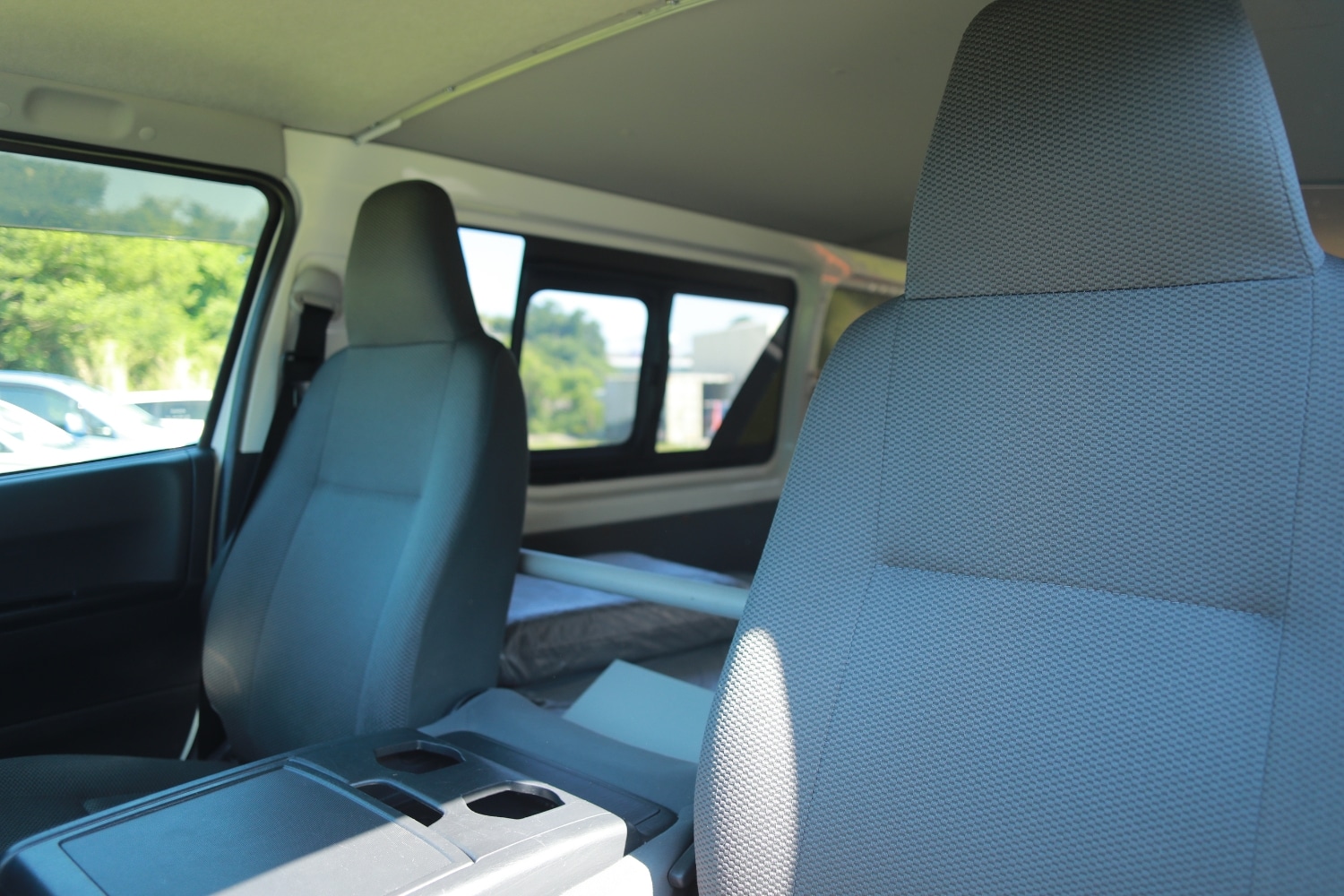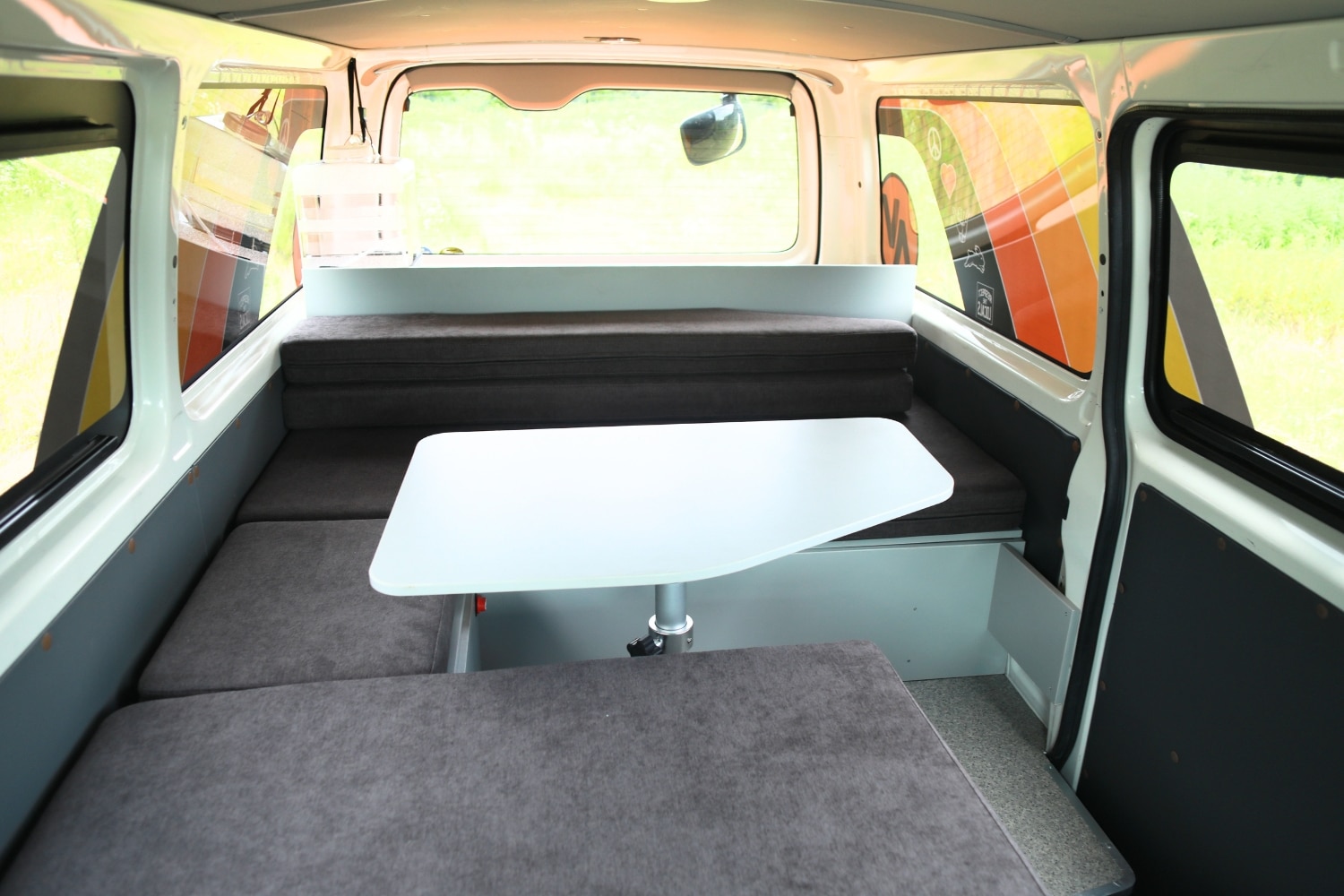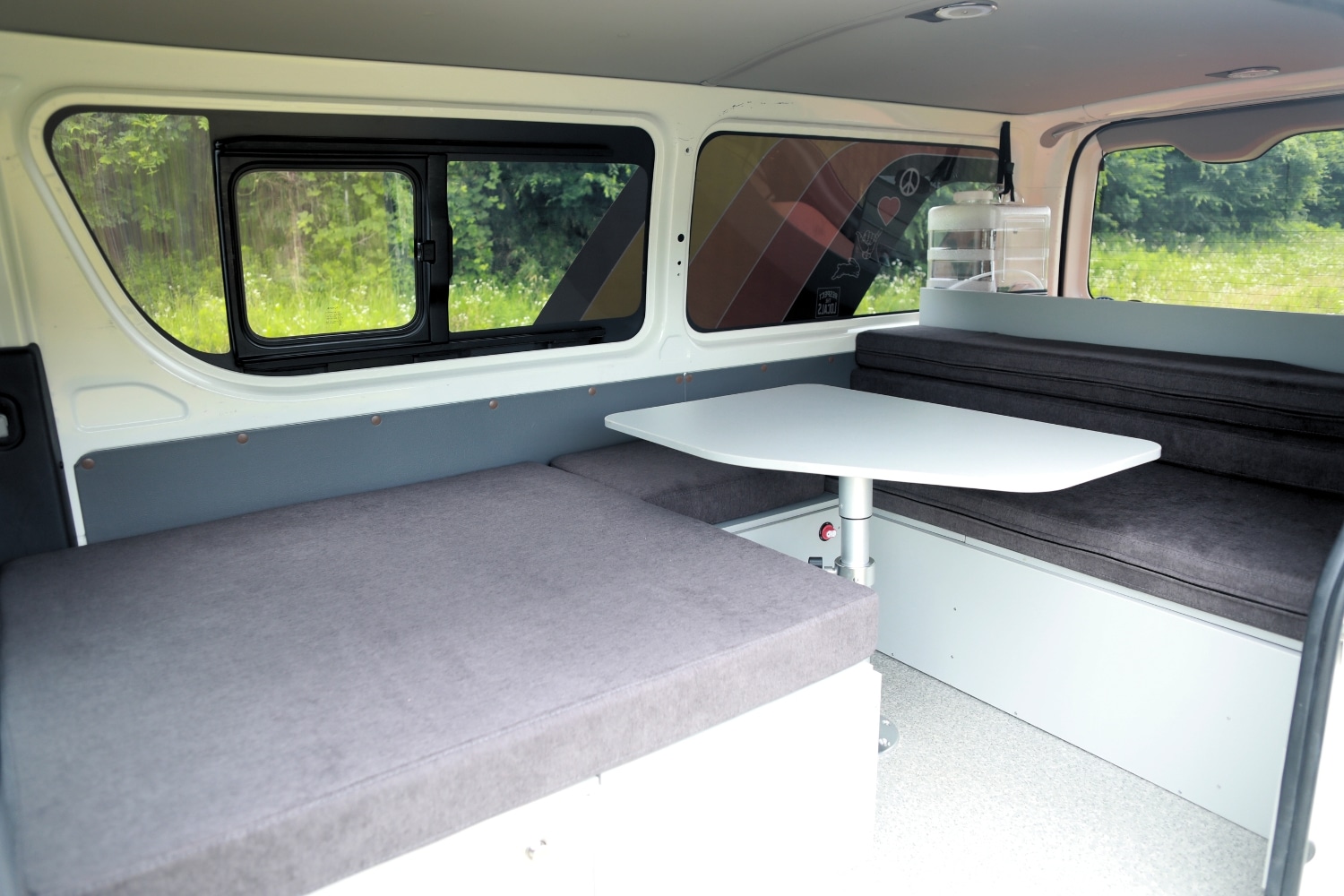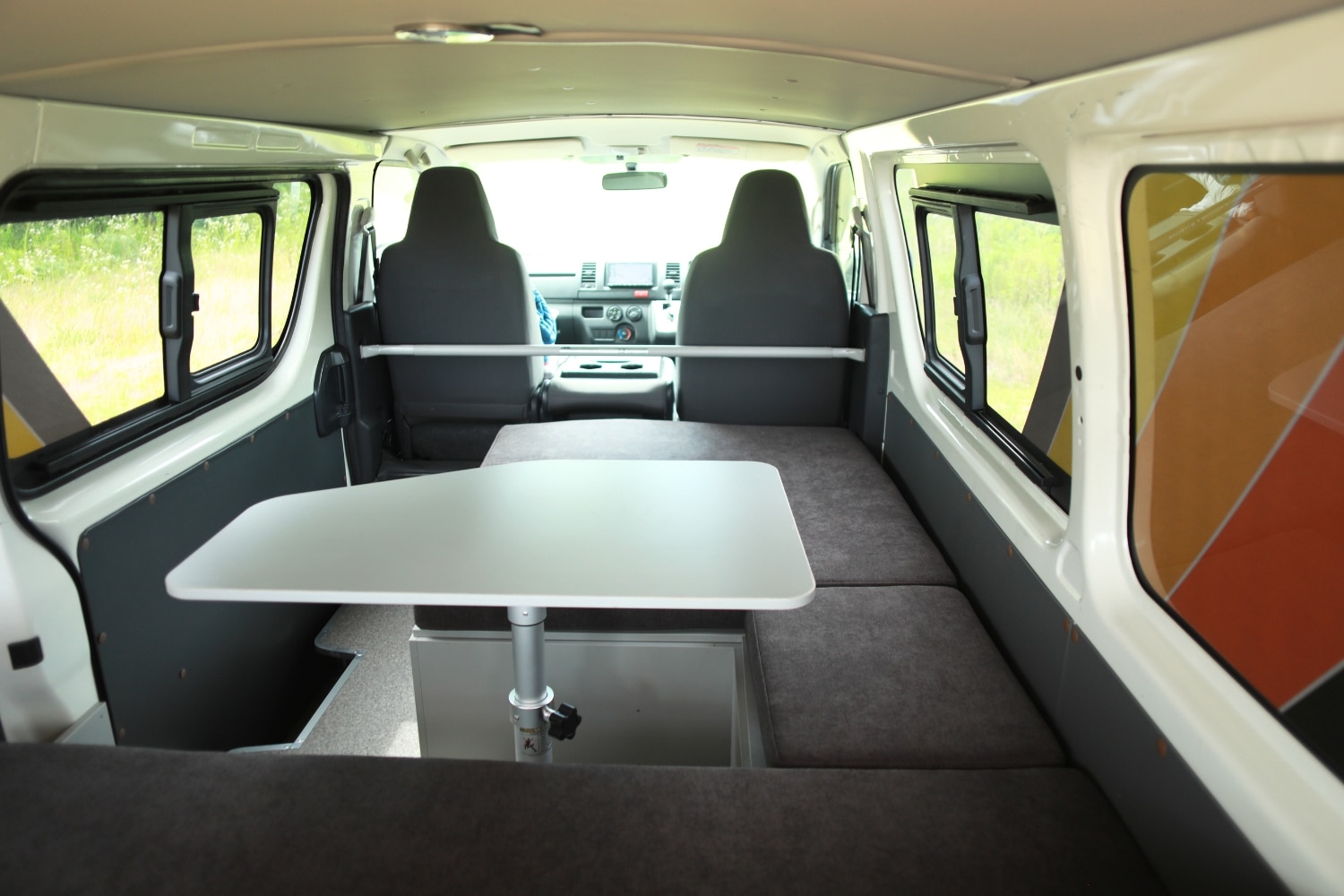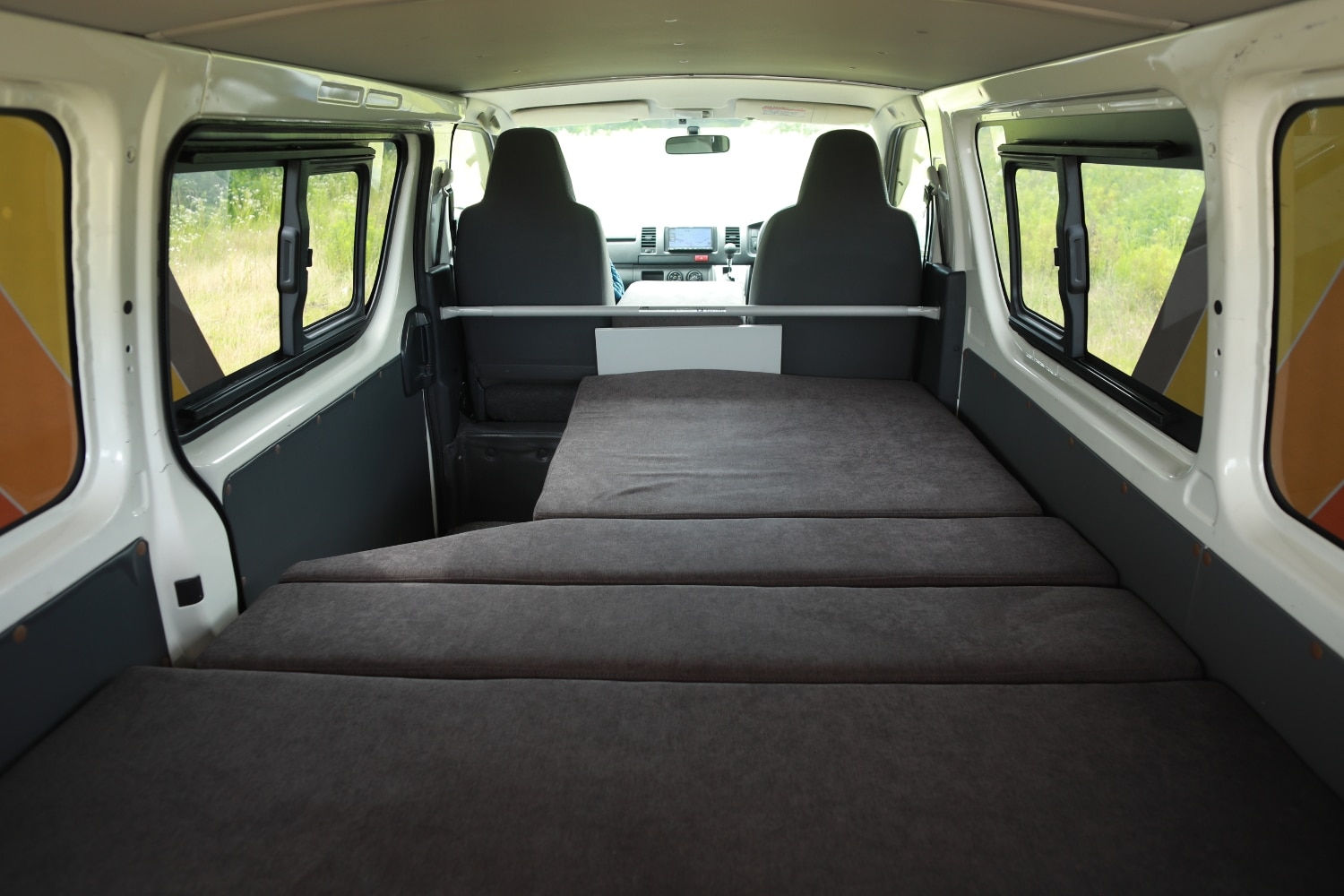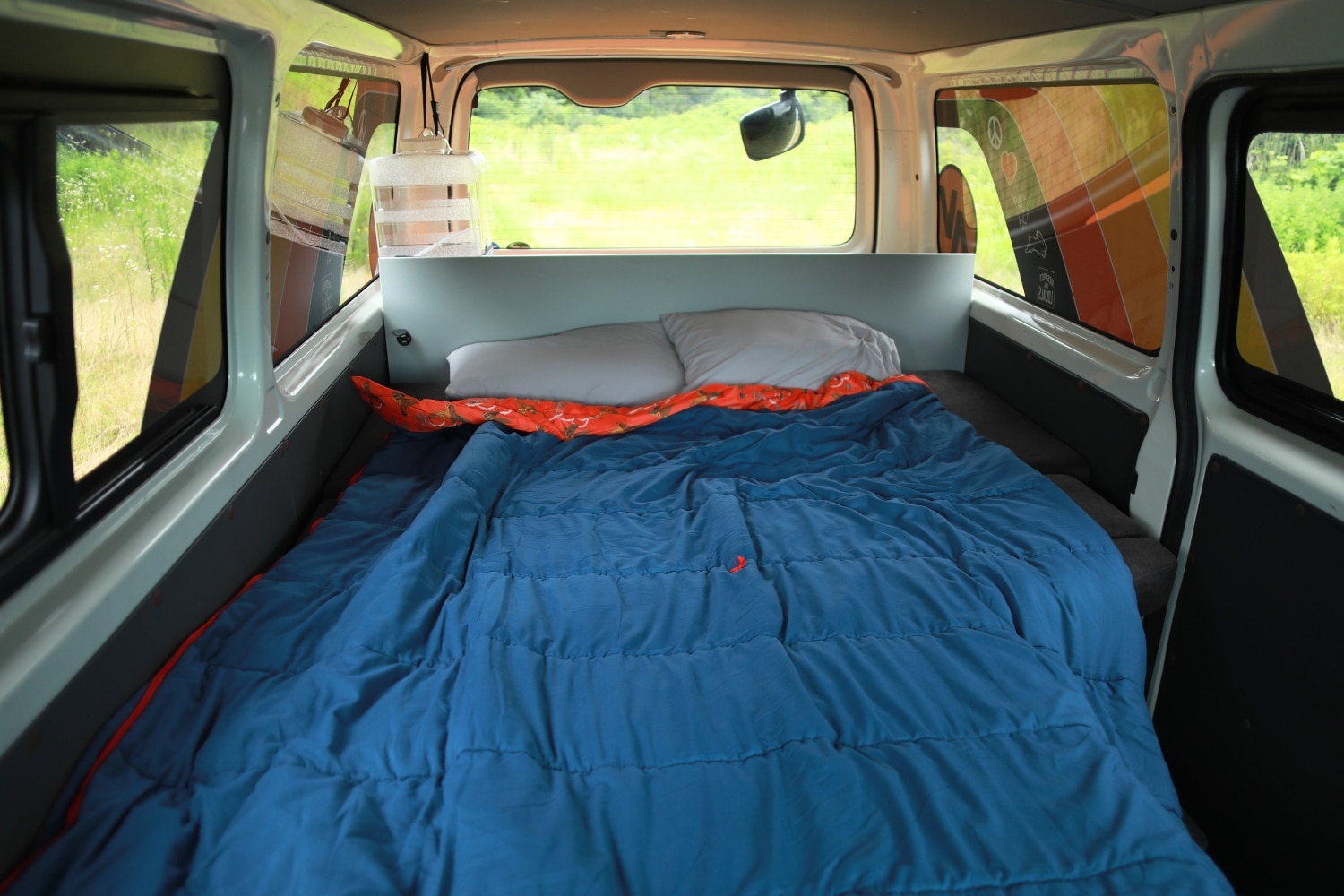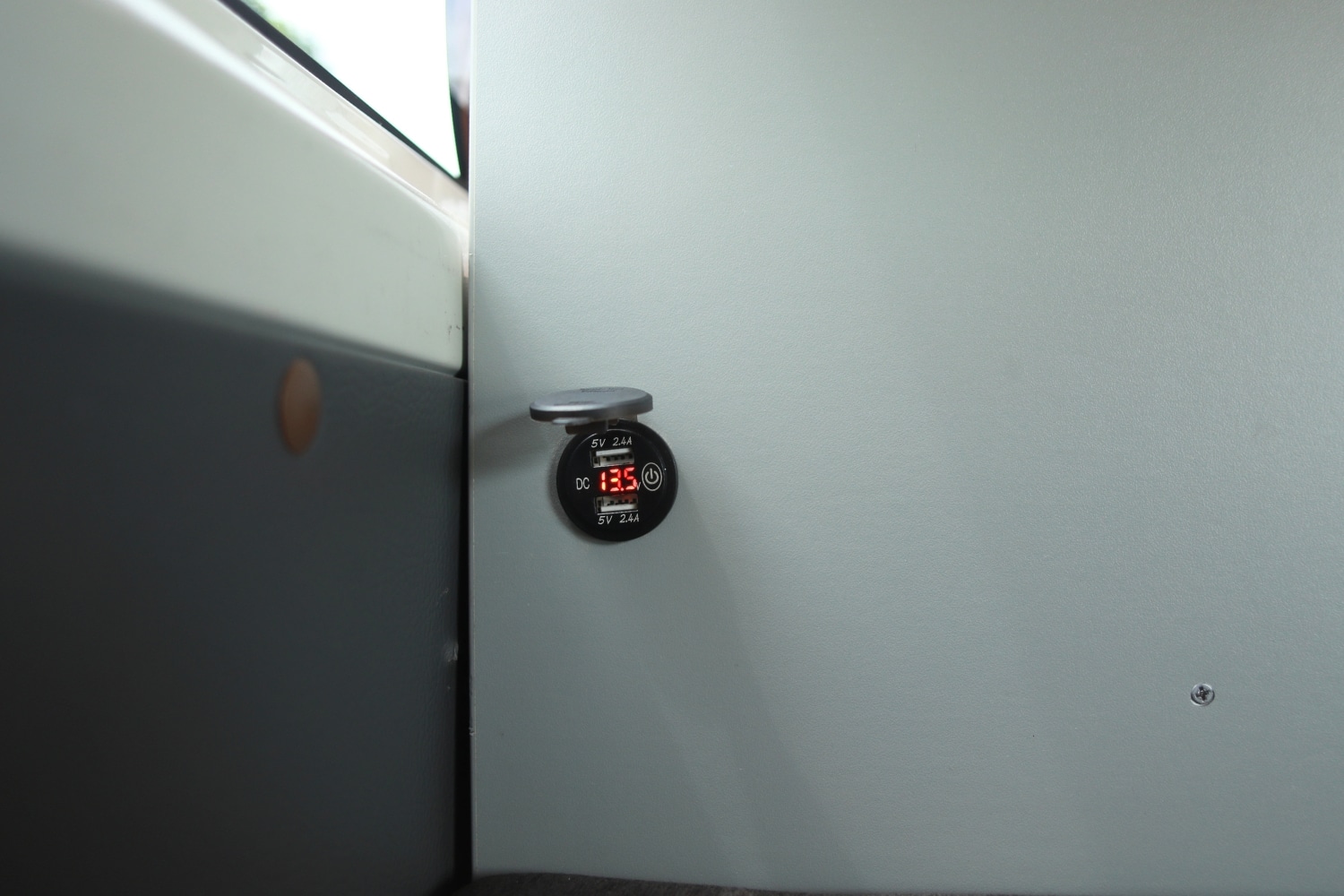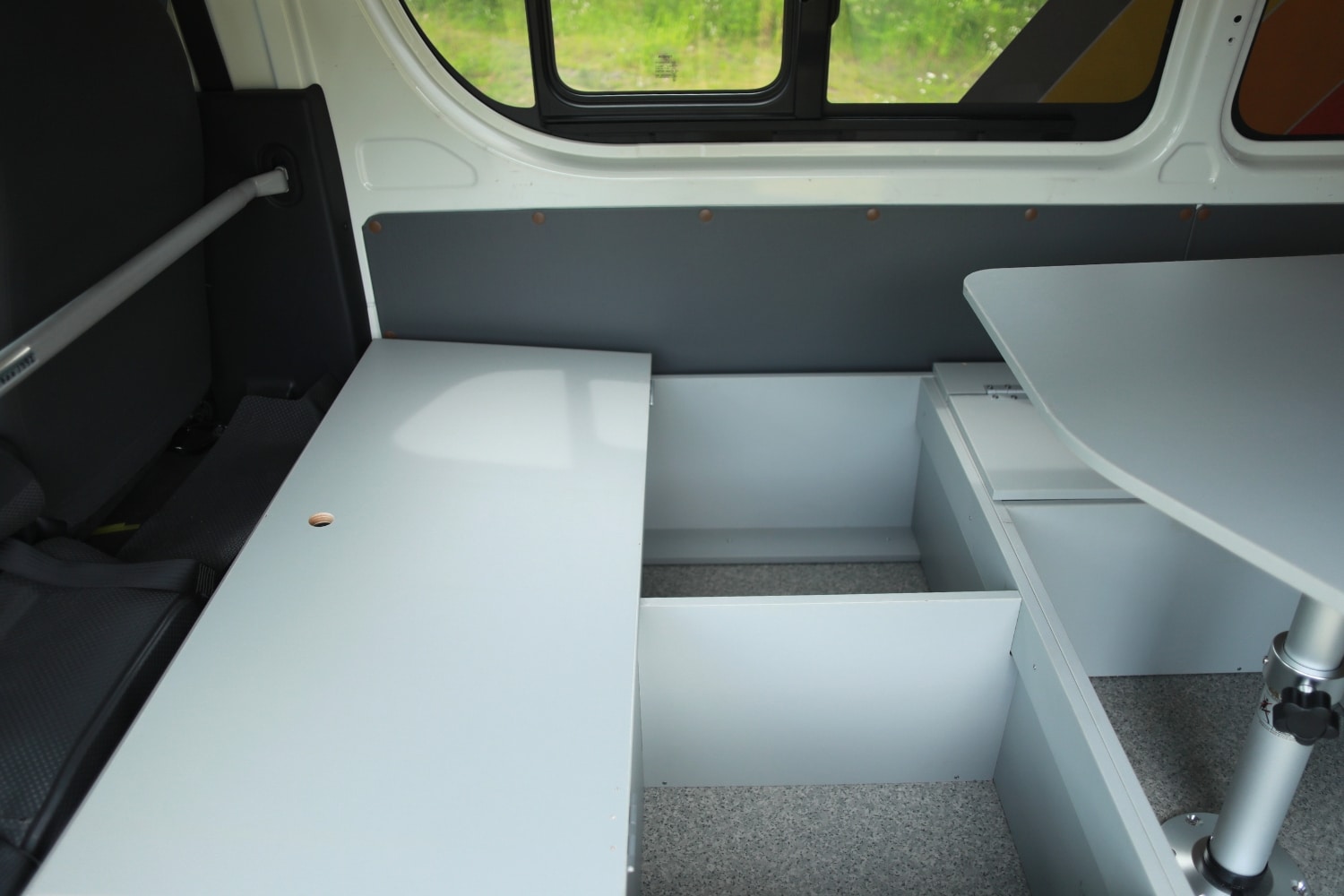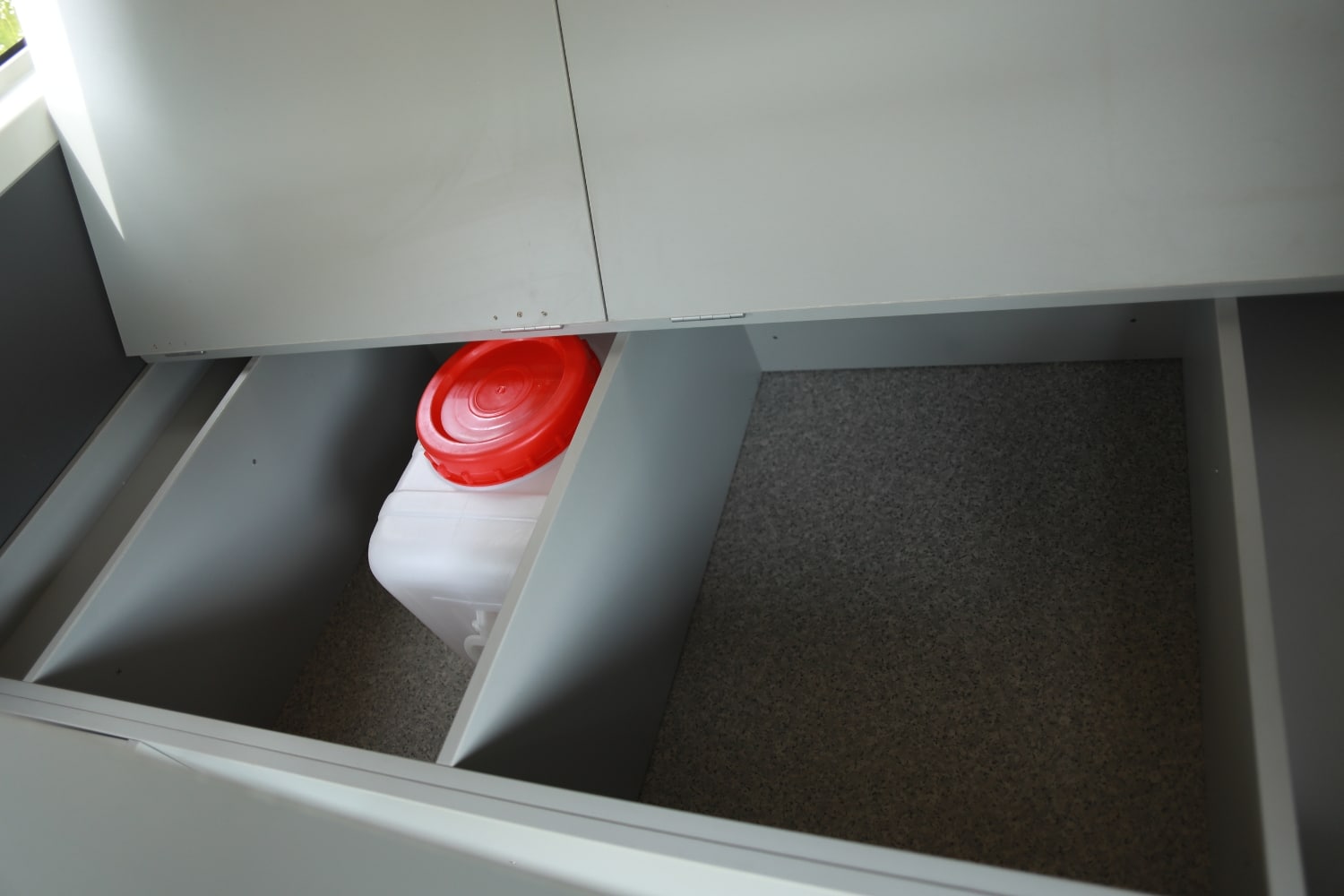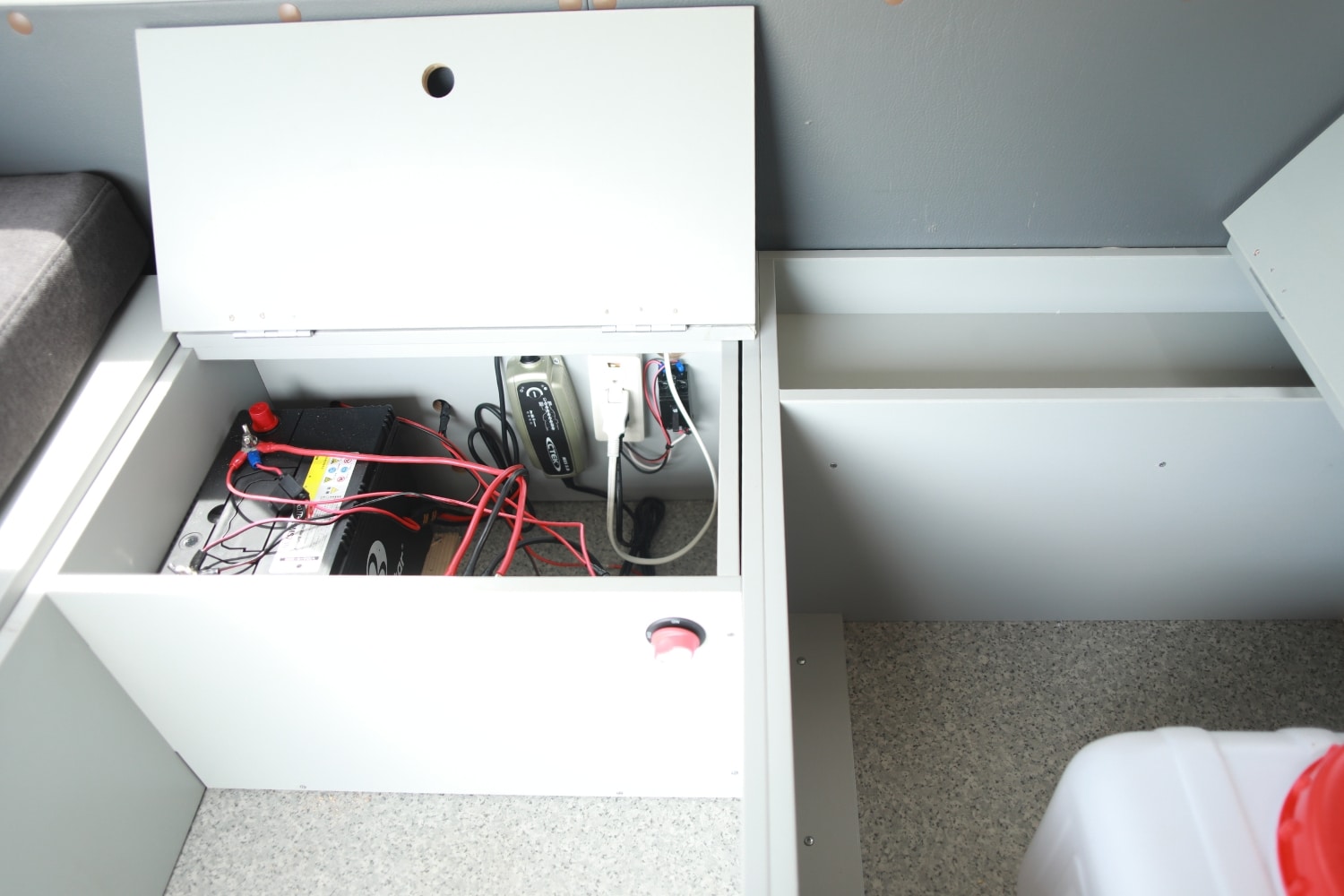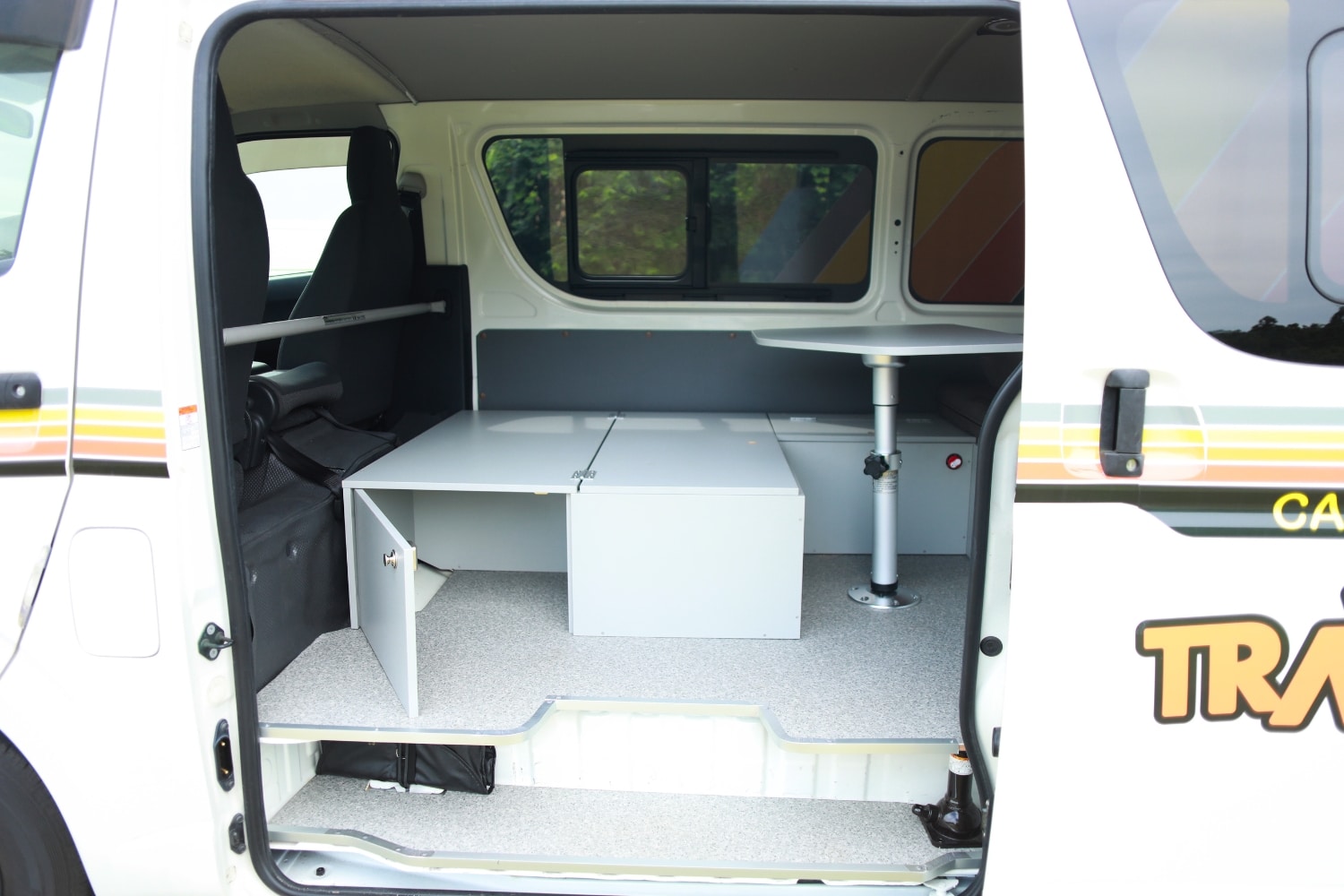Tokyo and Kyoto are two of the must-see places in Japan and are separated by an hour plane ride or a 2.5-hour bullet train ride. However, in between lies so much that would be missed traveling by plane or train. Traveling by campervan is the perfect way to get the most out of your trip to Japan with campgrounds, roadside stations (michi-no-eki) and expressway parking and service areas providing a plethora of camping opportunities.
Izu Peninsula
Stop 1 (Day 1)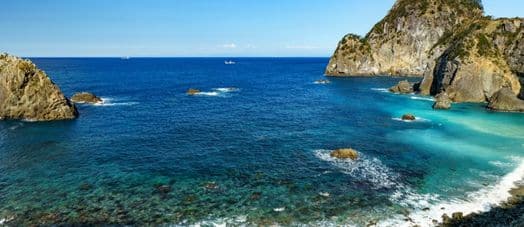
Located west of Tokyo, Izu Peninsula (Izu Hantō) is a popular area known for lovely coastlines which provide scuba diving opportunities, picturesque mountainous, hot springs, a mild climate, a great view of Mt. Fuji from the western coast of Izu Peninsula and much more.
If your trip brings you to Izu Peninsula between early February and early March, be sure to take in one of the festivals that celebrate the early blooming cherry trees that bathe the landscape in a sea of delightful pink.
For a free camping spot that features a nice view of Mt. Fuji, spend the night at Road Station Izu Gateway Kannami.
Mt.Fuji
Stop 2(Day 2&3)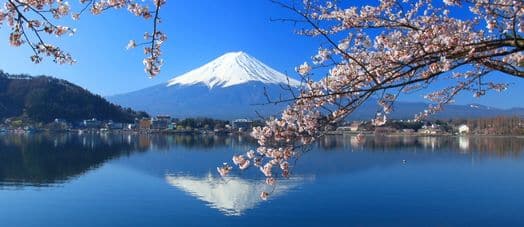
Standing at 3776 meters (12,389 ft.), Japan’s iconic symbol is a must see no matter the time of year. Spending some time in its vicinity will allow you to see some of its ever-changing moods. For those who are up for the challenge, take the night hike to the top and watch the sunrise (hiking season July- early September).
If hiking Mt. Fuji is not in your plans, there are still a myriad of options available surrounding the mountain, such as the Fuji 5 Lakes area which ranges from the northeast to the northwest of Mt. Fuji where five lakes are located with each having its own unique features and surrounding attractions and activities, a few of which include Fuji-Q Highland (amusement park), windsurfing on Lake Motosu, and Chureito Pagoda which offers splendid views of Mt. Fuji.
If children are with you, Fuji Safari Park located on the southern slope of Mt. Fuji is sure to please children of all ages.
Camping options are numerous with places such as Fukuzumi Auto Camping Ground near Lake Saiko having sinks and toilets.
Magome&Tsumago(Nakasendo)
Stop 3(Day 4)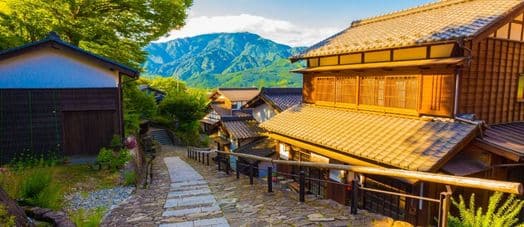
The approximately 2-hour one-way hike is a great way to step back in time as you journey between the open-air museum villages of Magome and Tsumago which served as post towns in the Kiso Valley during the Edo Era. Along the way enjoy the vibrant nature which includes the Otoko and Onna waterfalls.
If a roundtrip hike is not in your plans, there is a bus to take you back. For those not interested in hiking, the villages feature shops, restaurants, lovely photo opportunities and the chance to drift off into a time that one was.
Some camping options include Roman Valley Auto Campground, Hananoka Auto Camping Ground and Roadside Station Kirira Sakashita.
Lake Biwa
Stop 4(Day 5)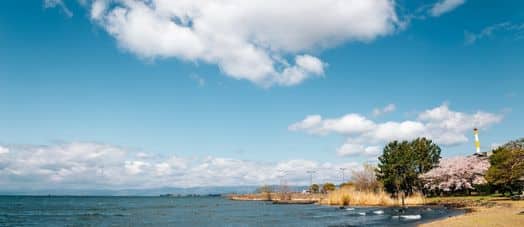
After all that you have seen and done so far, Lake Biwa, the largest lake in Japan, is a great place to take a break and catch your breath. On the eastern side you can visit Hikone Castle which is one of Japan’s remaining 12 original castles and the adjacent Genkyuen Garden.
Various campgrounds can be found around the lake along with several roadside stations.
Kyoto
Stop 5(Day 6&7)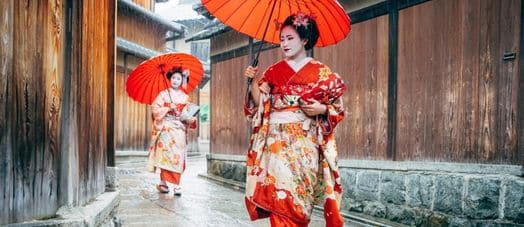
Kyoto, the ancient capital of Japan, with all its historical sites interspersed throughout the modern city is best enjoyed over a couple of days. Must-see places such as Kinkakuji (The Golden Pavillion), Kiomizu Temple, Inari Shrine, and the Arashiyama area will keep you looking for that postcard worthy picture. Many of these national treasures are illuminated at night during the cherry blossom and autumn foliage seasons creating awe inspiring sights.
Enjoy Kyoto’s unique dining experience in Pontocho the traditional and historical entertainment street.
As there are no campgrounds or roadside stations in the city of Kyoto, it is recommended that you park in a pay-parking area and use public transportation to navigate your way around the city.
The closest no-frills place to camp is Higashiyama Summit Park. Located on the northwestern side of Kyoto, it has free parking, restrooms and offers a spectacular night view.
Nara
Stop 6(Day 8)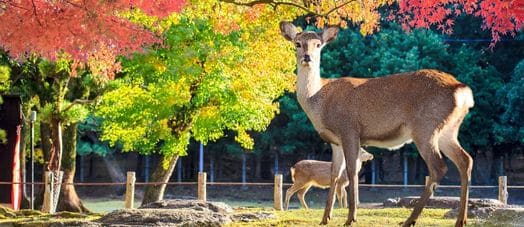
Nara, just south of Kyoto, is home to Nara Park. At 660 hectares, this park is home to Todiji Temple, one of the largest wooden structures in the world and home to a 15-meter-tall bronze statue of Buddha. The park also features other temples, a museum, gardens and some 1,000 deer that call the park home. The deer, which are considered sacred and are national treasures, roam freely through the park awaiting to be fed deer crackers.
Roadside stations and camping can be found in the area such as Resty Karoko-Kagi Michi-no-eki in southern Nara, Kardia Auto Camp south of Nara and Kasagi Camping Ground west of Nara.
Hakone
Stop 7(Day 9)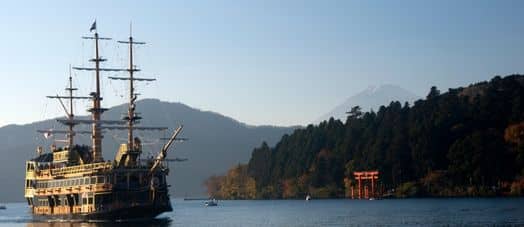
Break up the drive from Nara to Tokyo with as stop in Hakone. Located west of Tokyo and nestled around Lake Ashinoko with spectacular views of Mount Fuji, Hakone is a great place to relax as it is famous for hot springs and nature. Additionally, there are hiking opportunities, numerous types of museums, boat tours on Lake Ashino, Odwara Castle and more.
Camping options are a bit limited but include places such as Roadside Station Hakone Touge and Fun Space Ashinoko Camp Mura Lake Side Villa.
Return to Tokyo
